Up next on the itinerary was exploring the Acadian Coast of New Brunswick, and Shediac definitely started us off right in the lobster department.
I’m not going to lie to you. When the first thing you see when arriving in Shediac is a 16ft tall lobster, you have a pretty good idea of what to expect from the the town.

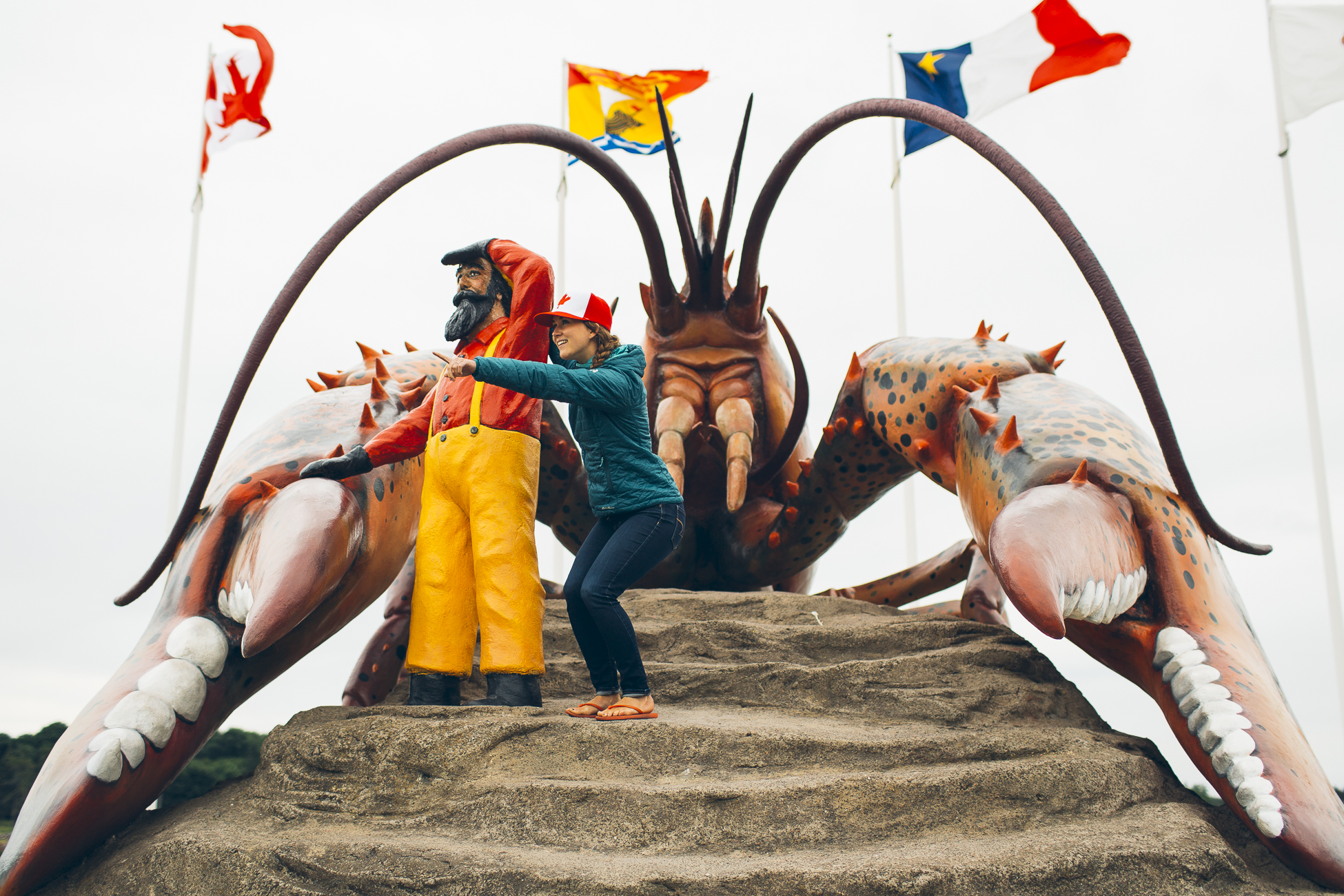
We set up camp at Parlee Beach Provincial Park and immediately wandered down the sandy Parlee Beach to the marina and Lobster Tales cruise.
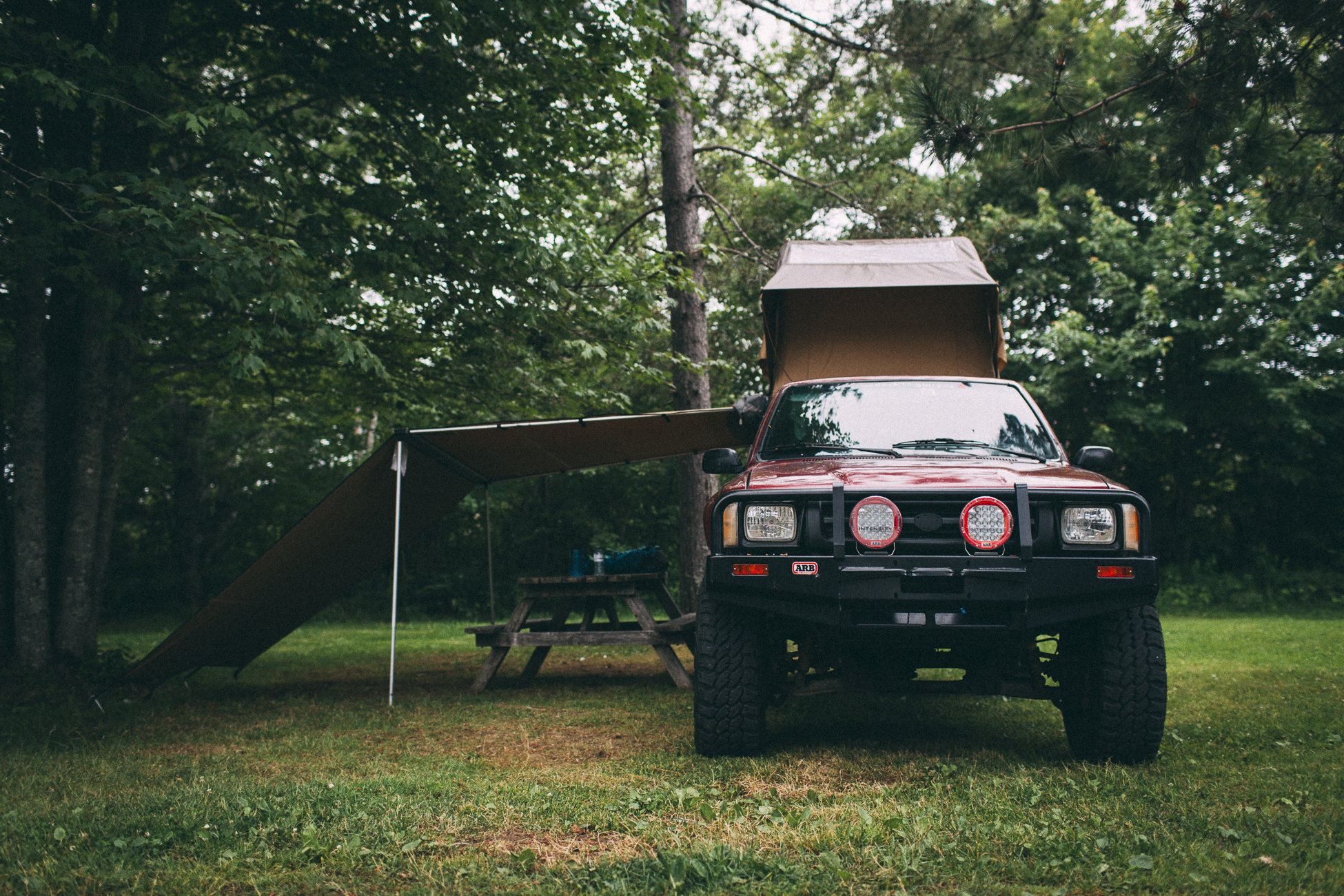
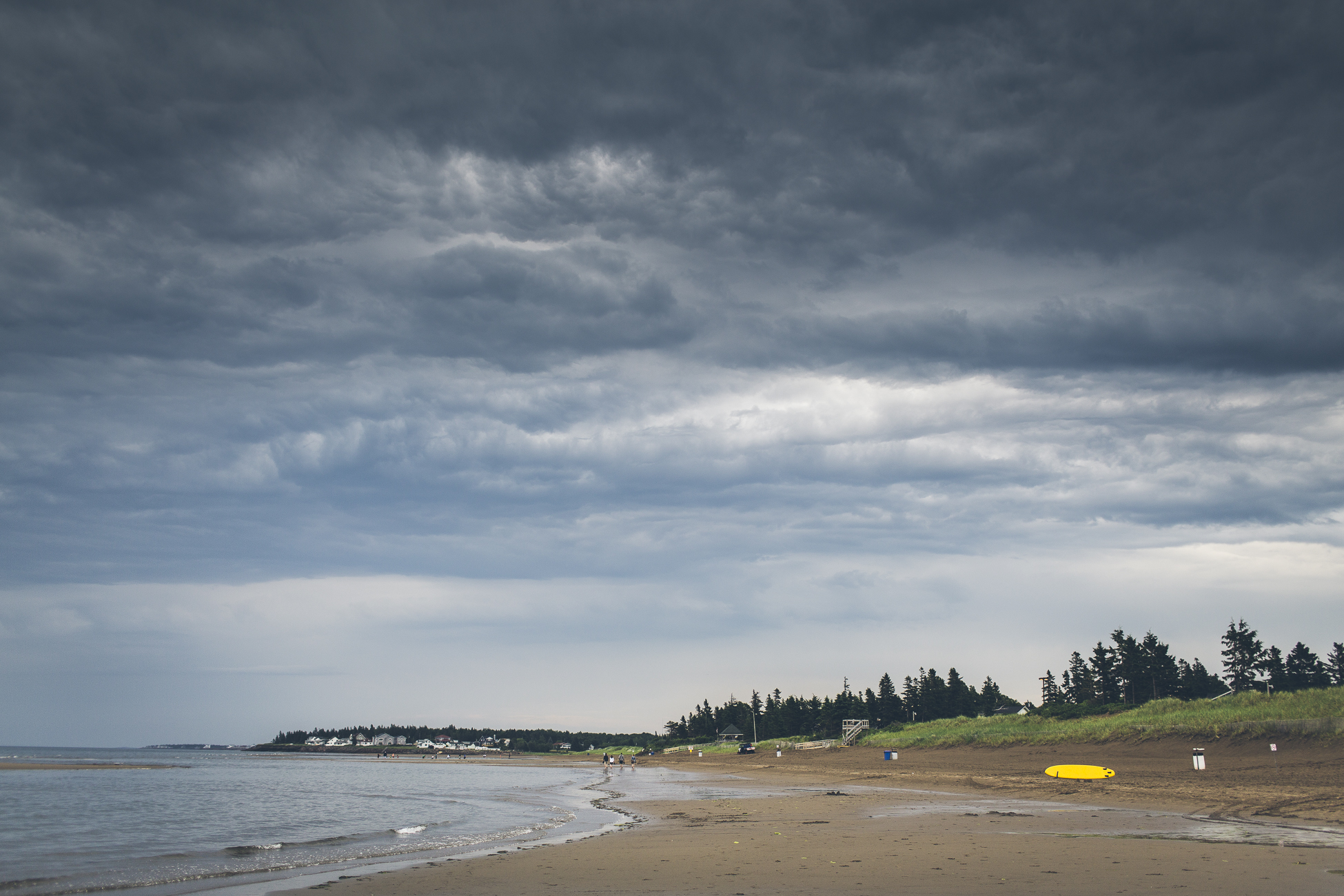
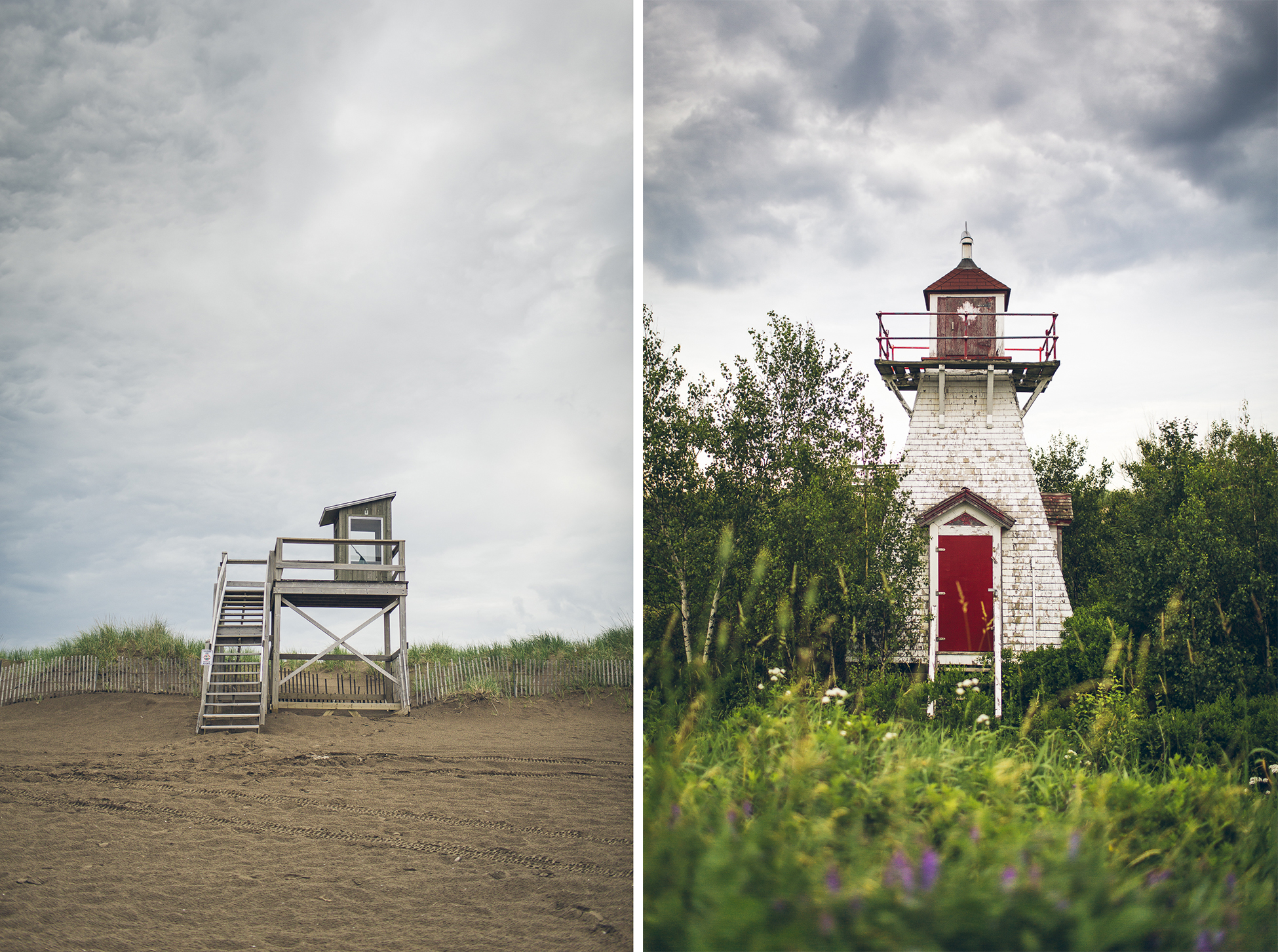
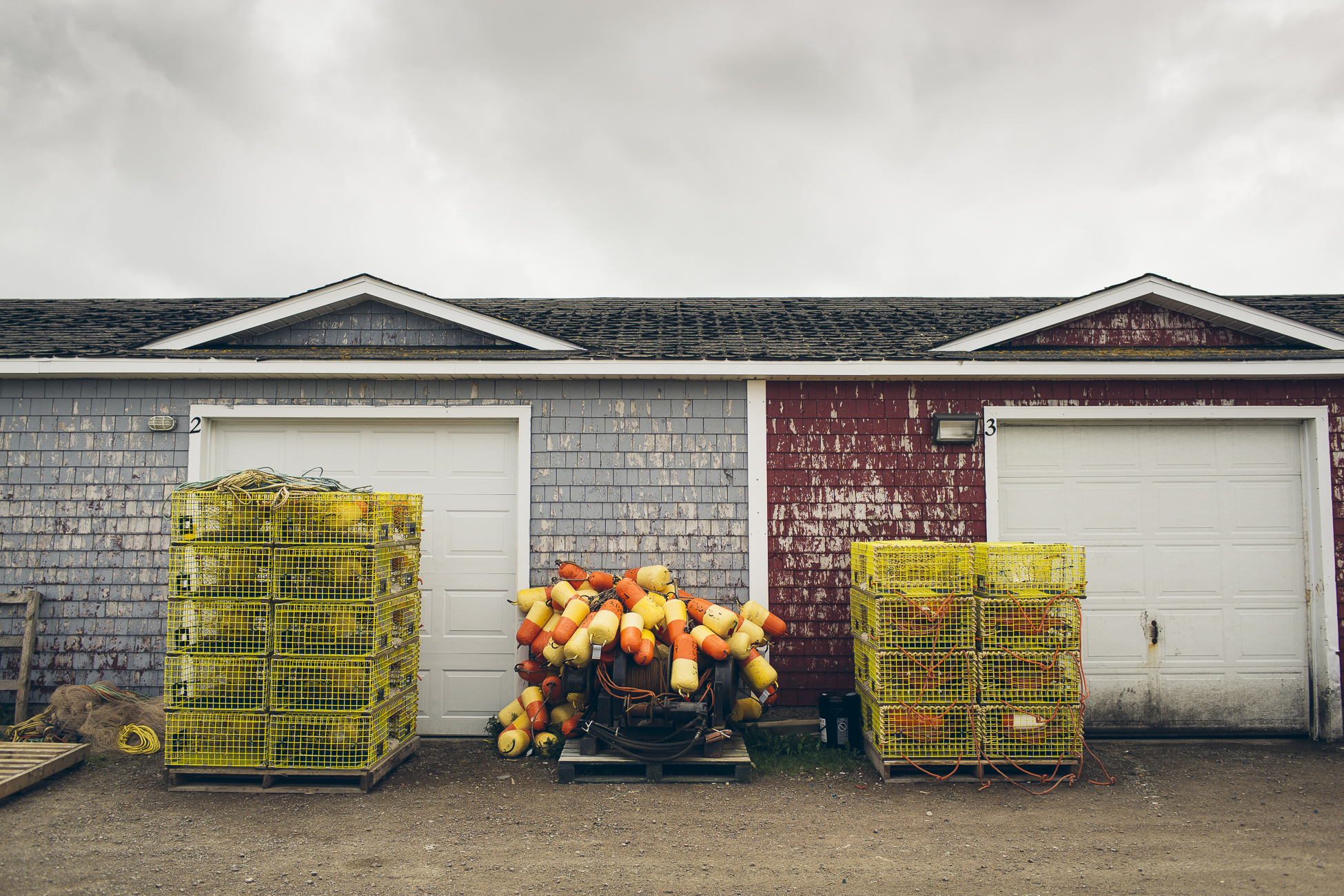
Lobster Tales is run by Ron Cormier, a former lobster fisherman who found an alternative way to make a living off of these local crustaceans. Yes, the cruise is about spending time on the water while eating a lobster dinner, but it’s also about learning more about lobsters and the industry that is still a very large part of the provincial economy.
We learned about the beneficial effects of sustainable fishing practices. Originally, like it seems with many industries with valuable resources, there were little or no limitations to lobster catches and the lobster population decreased sharply. There was a short term problem of running out of the resource they depended on for income, but also a moral responsibility to leave something for future generations. Knowing that the only option was conservation, the local lobster fishermen invested money into hatcheries and decreased catch limits and permits. Through these conservation attempts, they have already seen positive results. Splitting the 10 week long fishing seasons into Spring and Fall means that fresh lobsters can still be enjoyed year round on the Acadian Coast of New Brunswick.

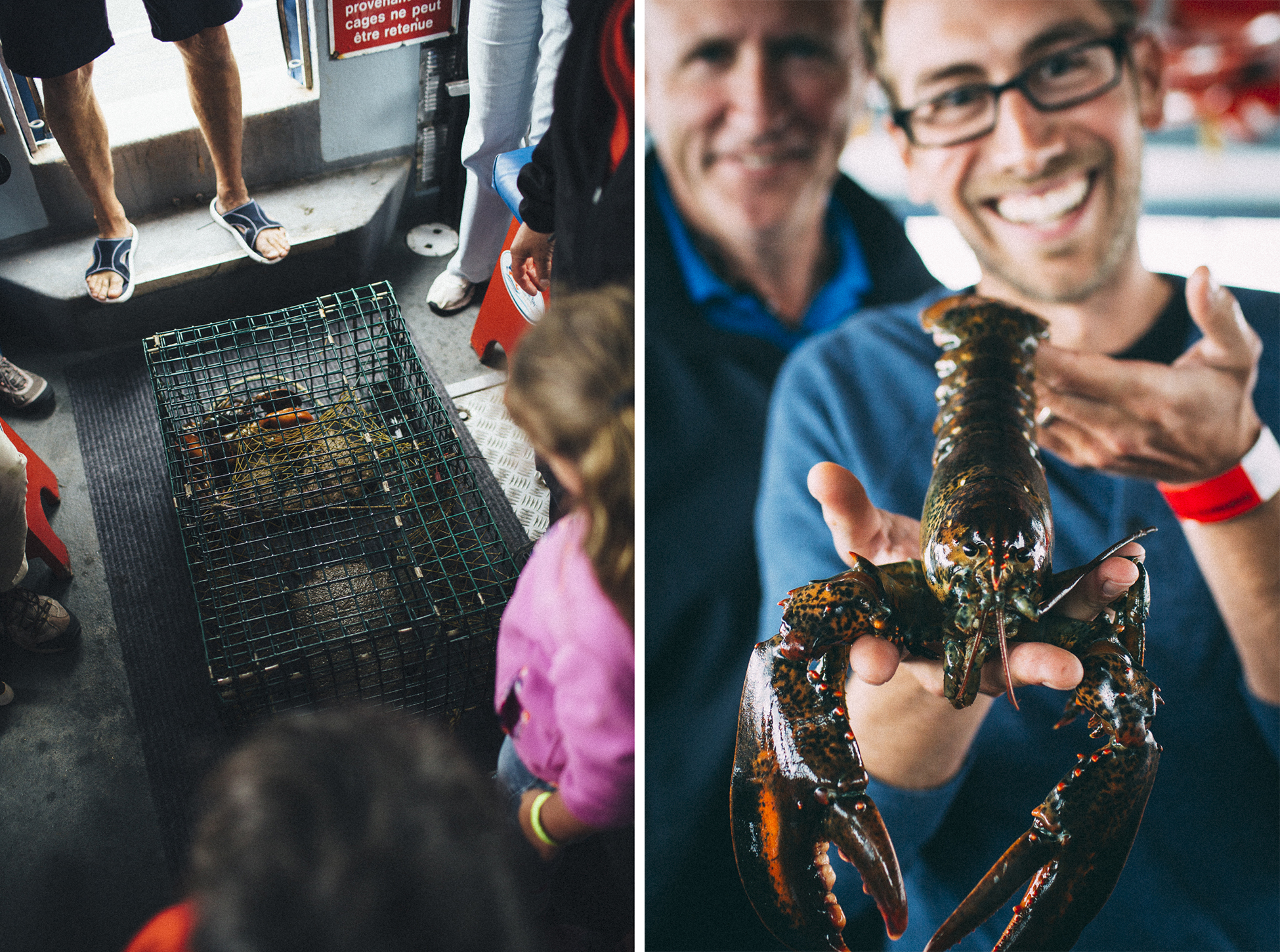
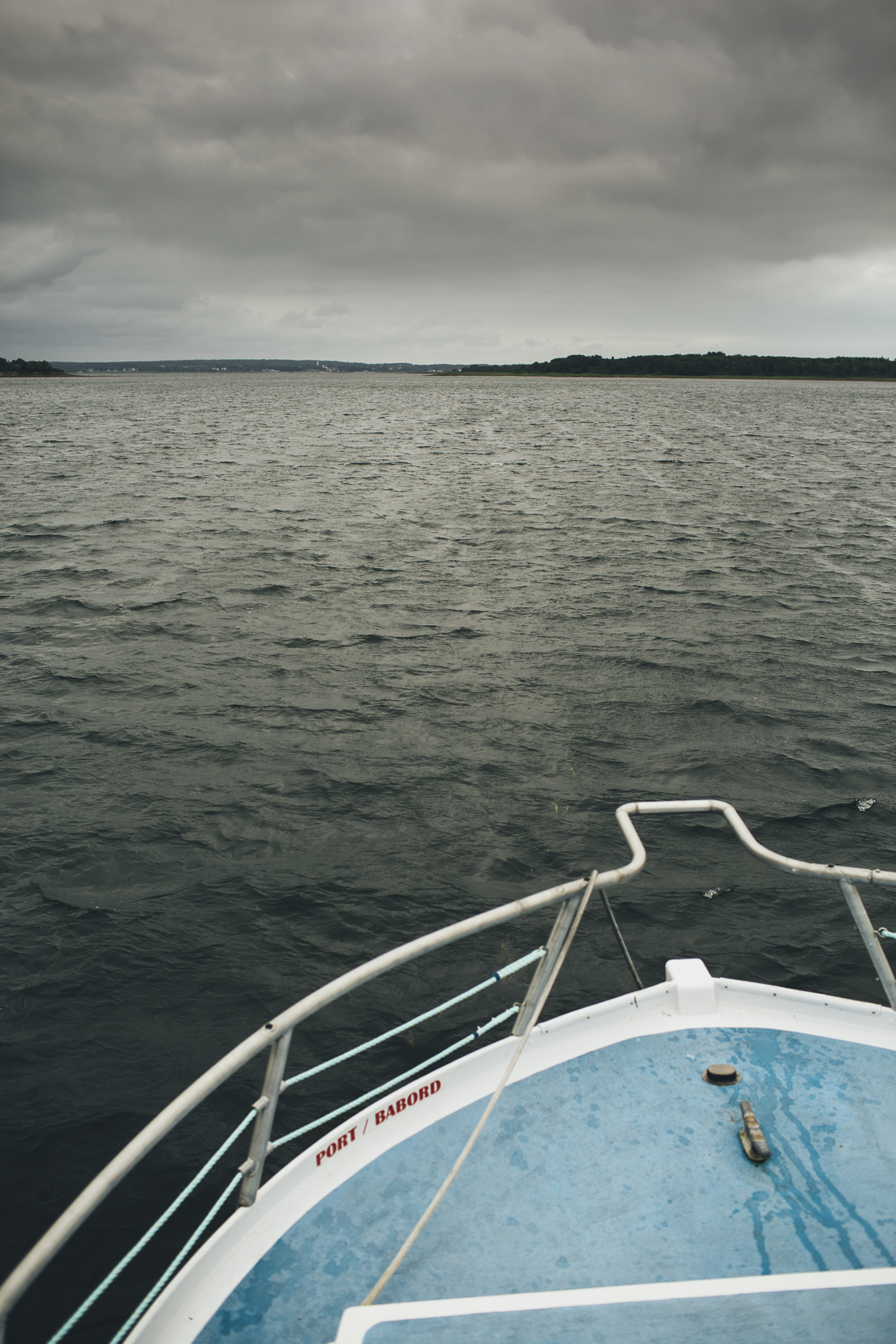
Now that you know the locals and fishermen are improving their conservation efforts it’s time to learn a little bit about cooking and eating these delicious homarus gammarus.
Take two pots and fill them with salt and water. You’ll boil one and fill the other with ice. Chuck your lobster friends into the boiling water and simmer for 18-20 minutes. Once cooked they get dunked into the ice water to cool. Serve belly up to contain the juice.
You think that’s all there is to it? Well, there’s even a correct way (okay, I’m sure there are opinions on this too, so don’t get mad at us!) to eat these delicacies. A word of warning to vegetarians and vegans – this is going to get graphic.
How to Eat Lobster the Acadian Way
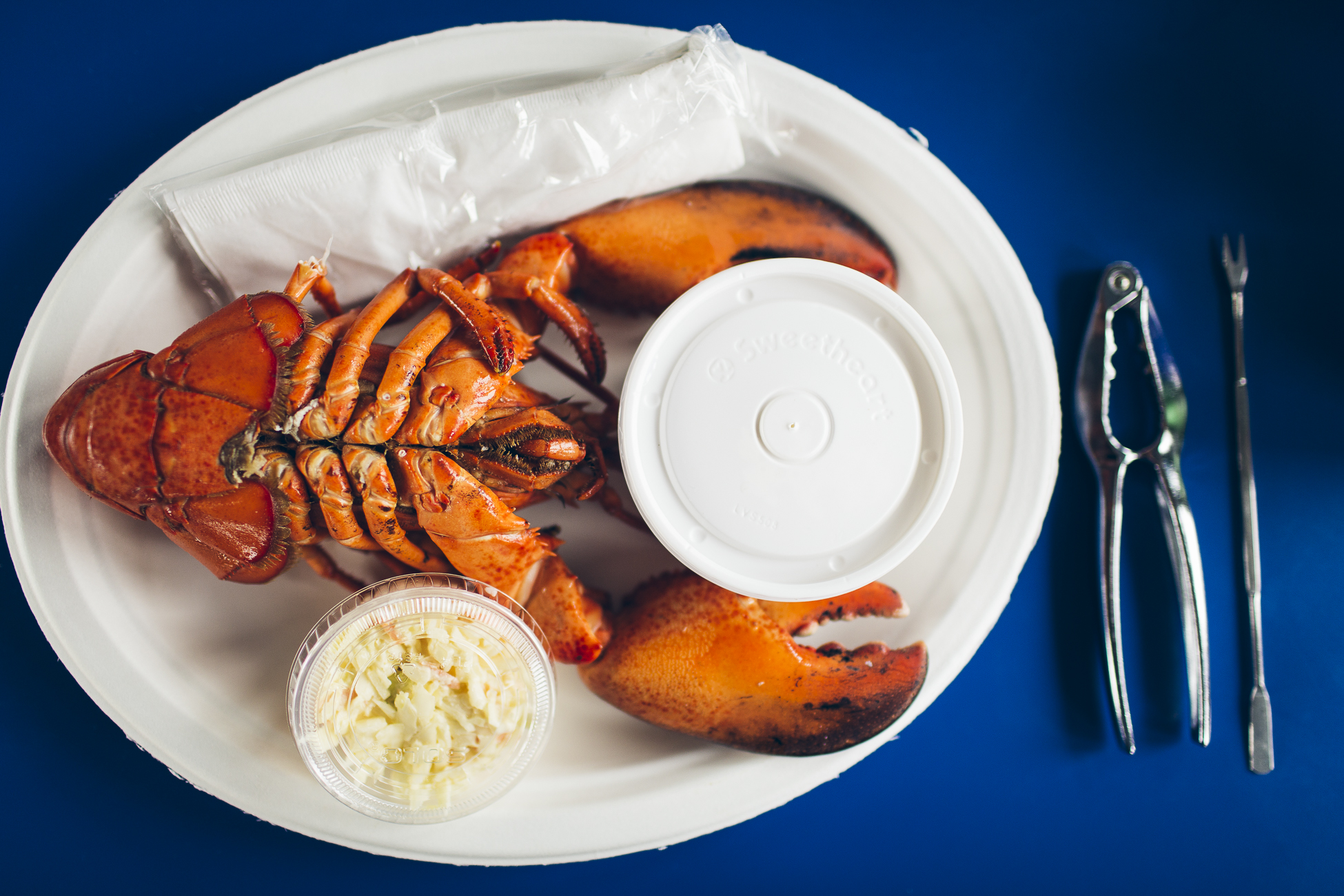
Give thanks to the lobster and maybe give it a little kiss. Pull claws backwards, then in half at knuckles.
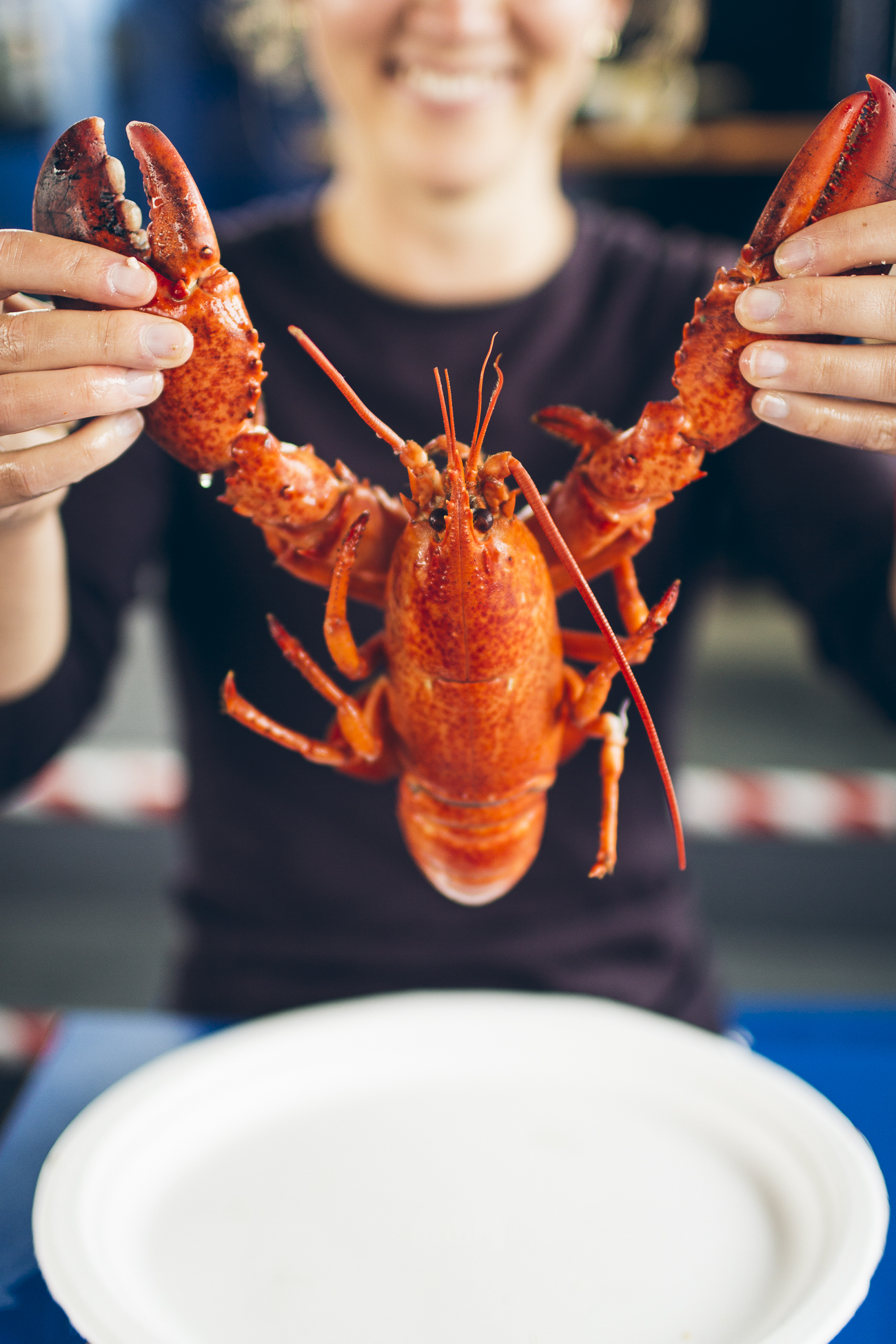
Use your lobster cracker at the joints.
Suck the juice out of the claw – the Acadian way, and then use the pick to scoop out the meat.
Crack in half flat sided.
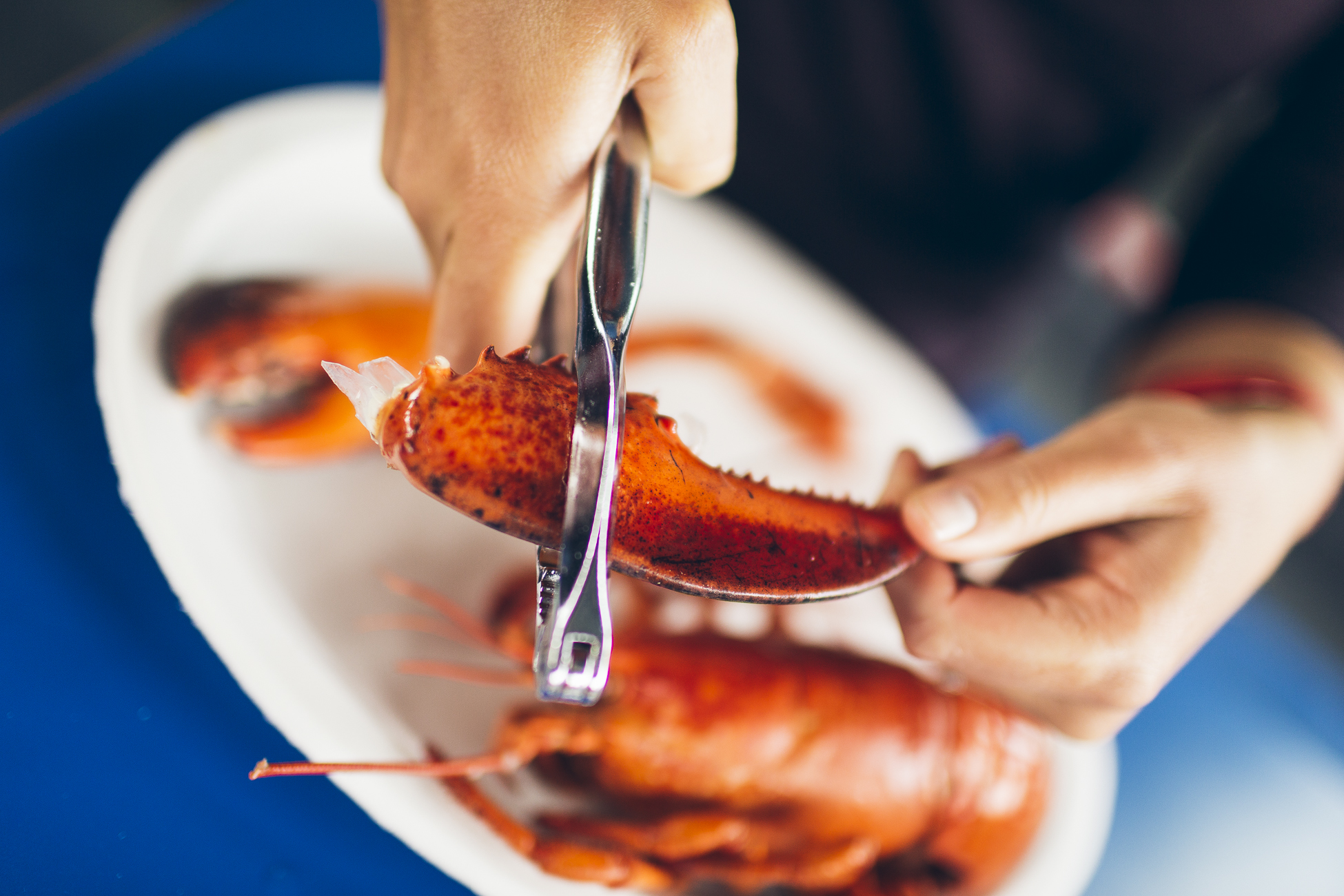
Rip the finger out as the cartilage keeps the meat stuck.
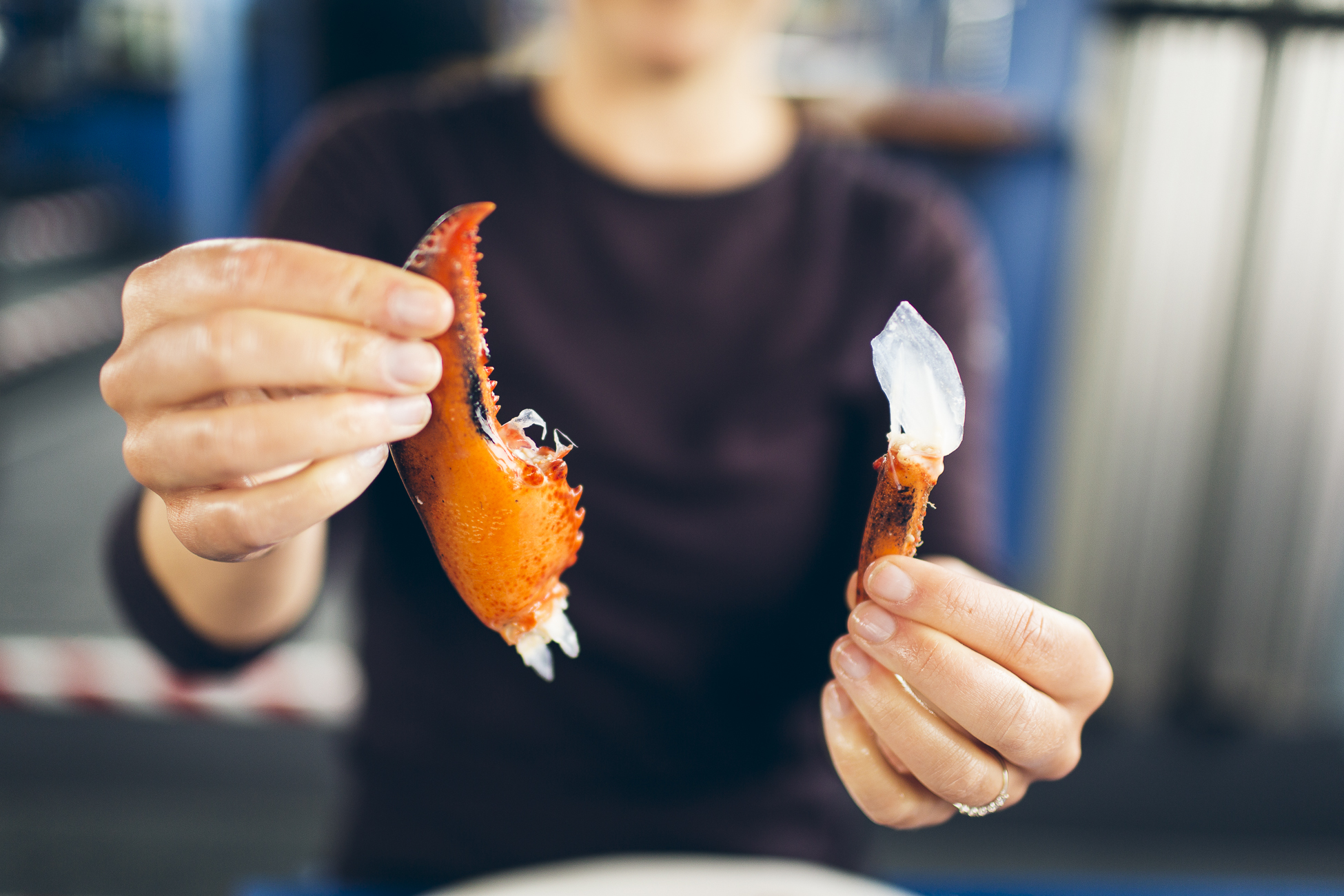
Body and tail: twist twist pull. Sounds like a dance move.
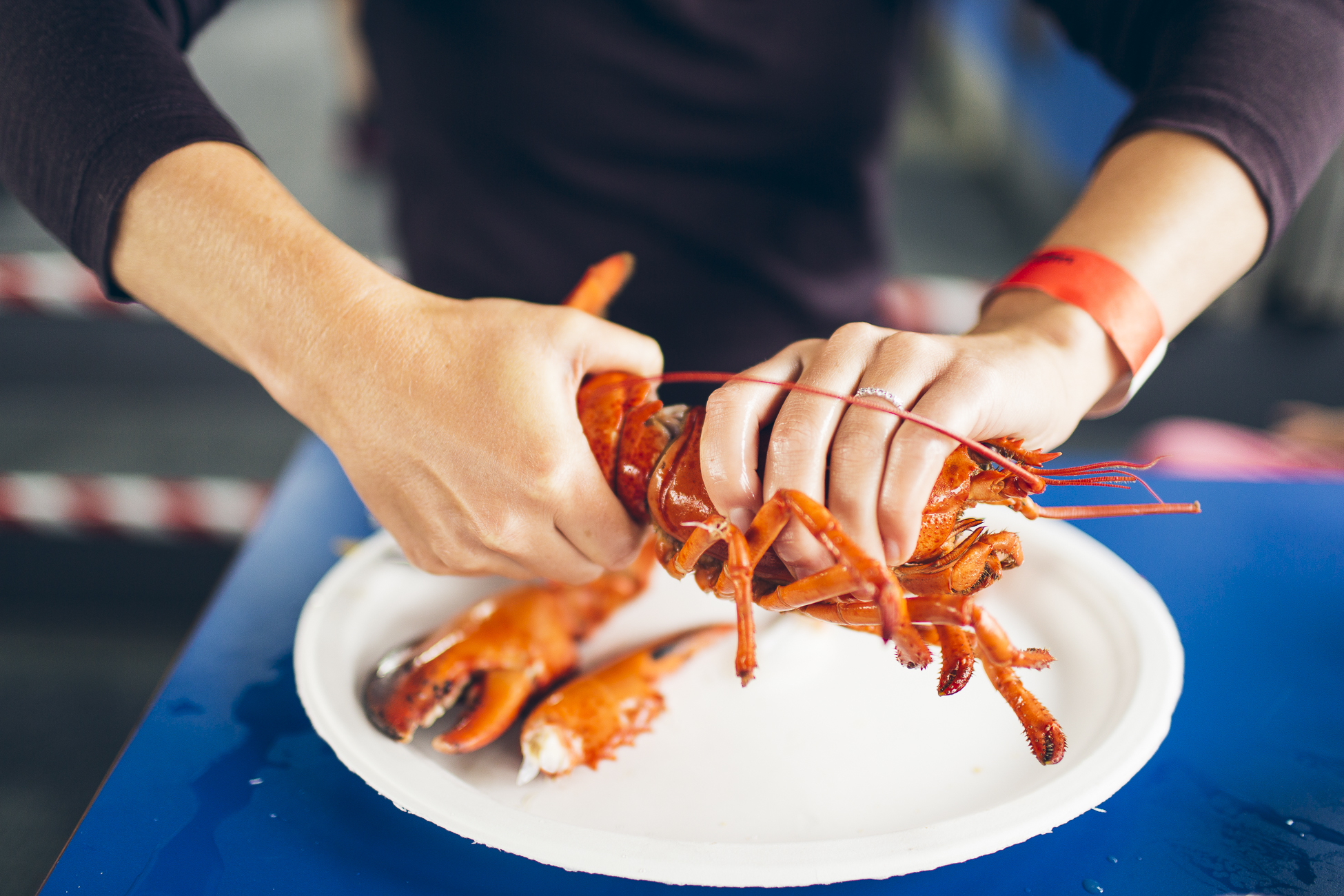
In palm, crush it – fingers together.
Remove vein and peel like banana.
Female eggs are considered an aphrodisiac. Give it a test.
Flippers – squeeze like toothpaste to make sure you don’t miss out on any of the sustenance.
The green wasabi looking stuff in body is the liver, some people will spread it on crackers… others will spread it into the trash.
Make sure to have Great Big Sea playing on stereo.
Eat Dare maple leaf cookies for dessert.
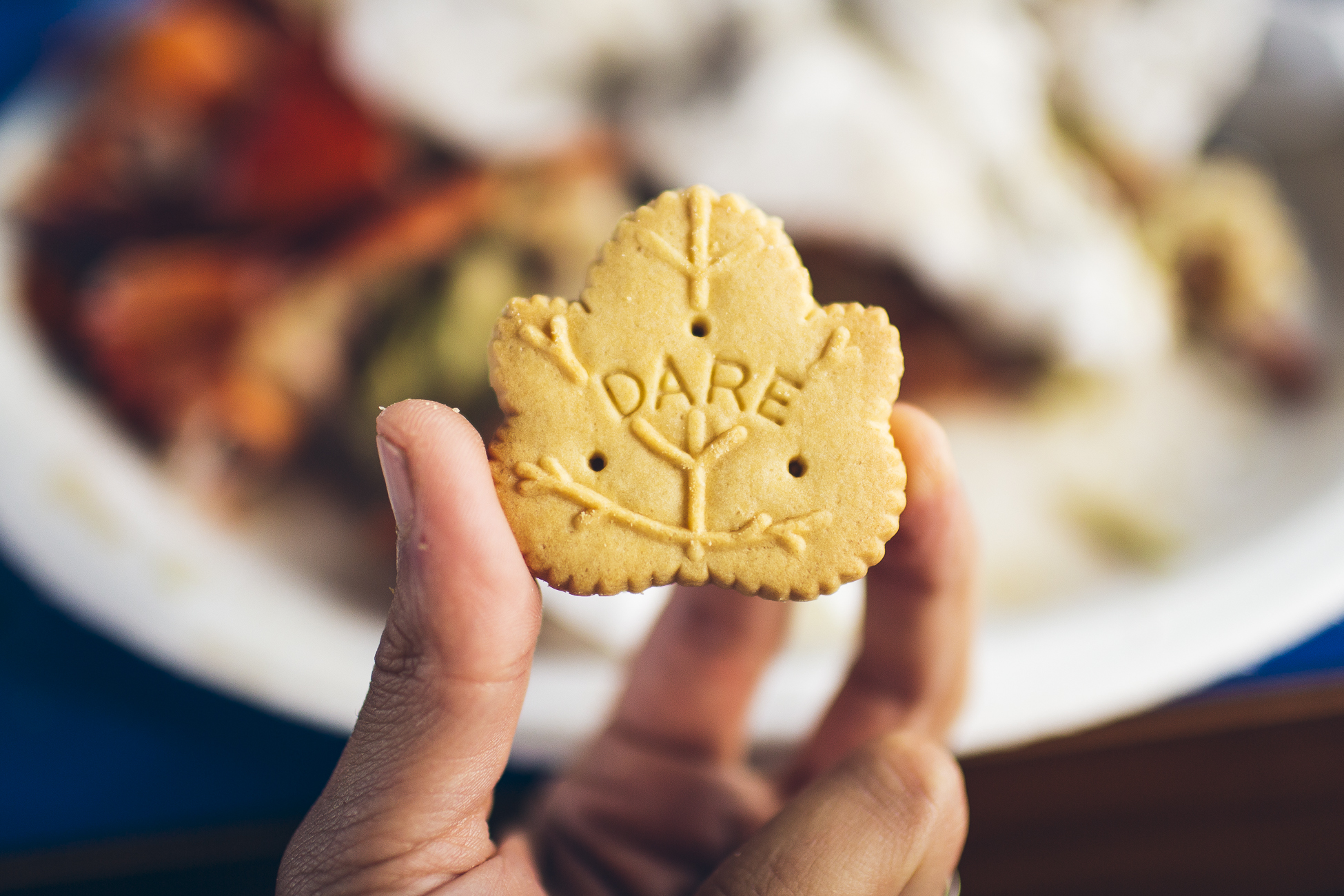
Once we were sufficiently suffonsified we had some more knowledge dropped on us at the Homarus Eco-Centre.
Meet Maurice. Like many lobsters, his claws are strong enough to break a finger, he uses his four antennae to track down food (mackerel, mussels, starfish) up to 2km away, and can live to be 90 years old. Check out the size of his claws! You know what they say about lobsters with large claws… but seriously, since he’s a male, he has two reproductive organs.
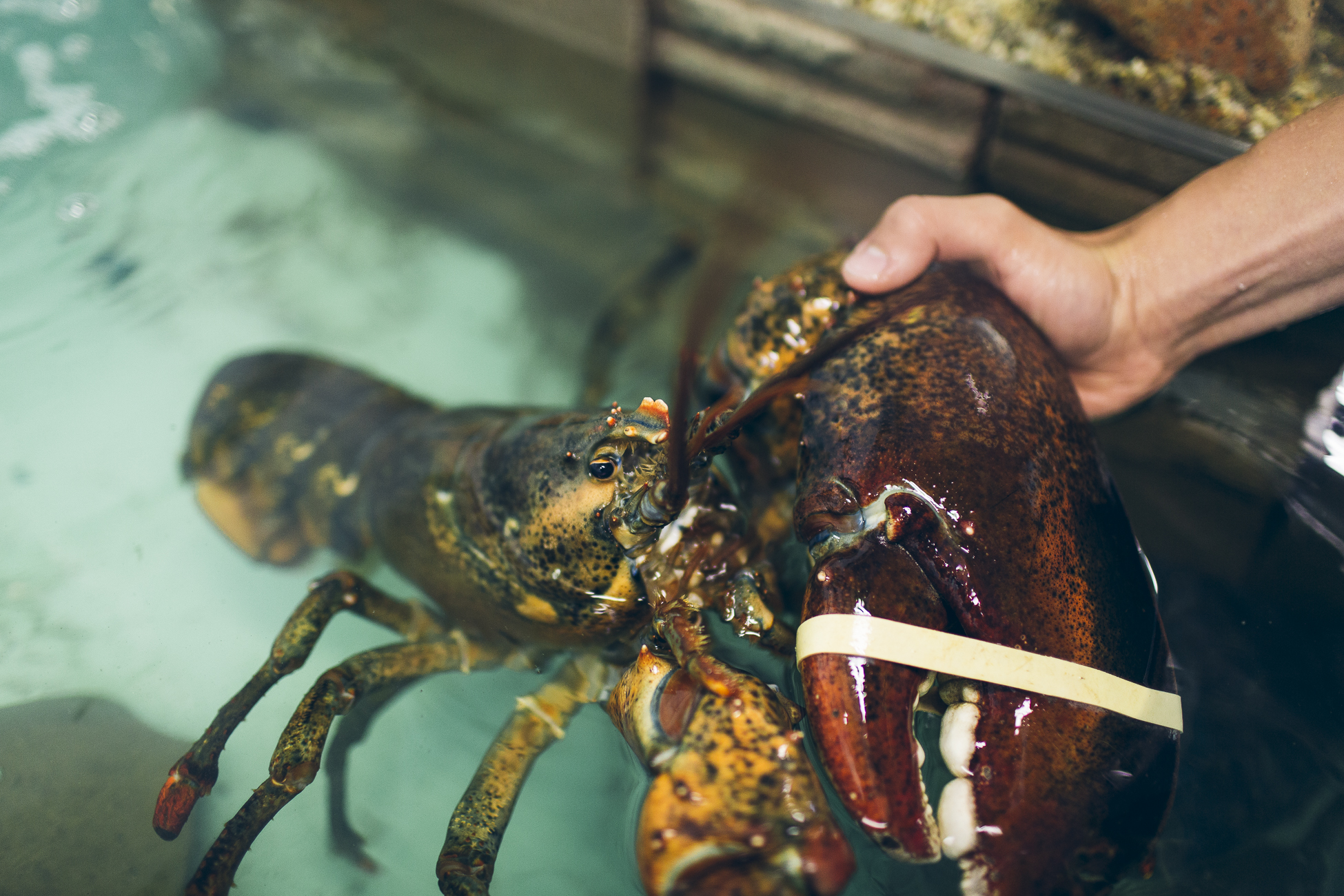
Kouchibouguac National Park
Kouchibouguac National Park (yeah, say that five times fast… or once slowly for the matter) was a short one hour drive north of Shediac on the Acadian Coast of New Brunswick. We didn’t waste any time and immediately hopped on a couple of rented bikes in order to explore the 60km of bike paths and look for some moose.
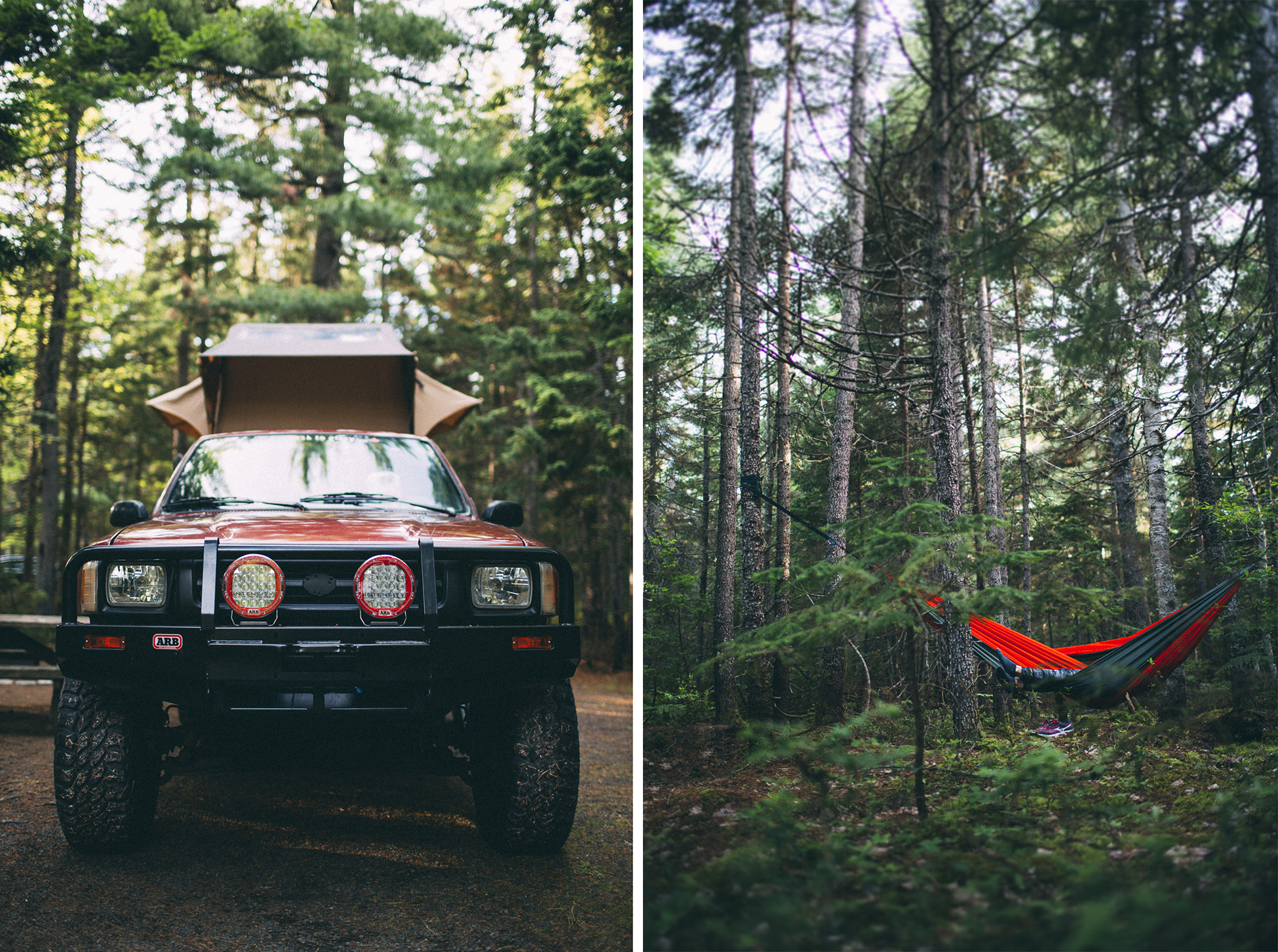
Again, we were skunked (moosed?) and didn’t see any of our four-legged friends, but we spotted countless wildflowers, spent quality time on the Canada Parks chairs, and found a few beaches to sit and contemplate our next destination.
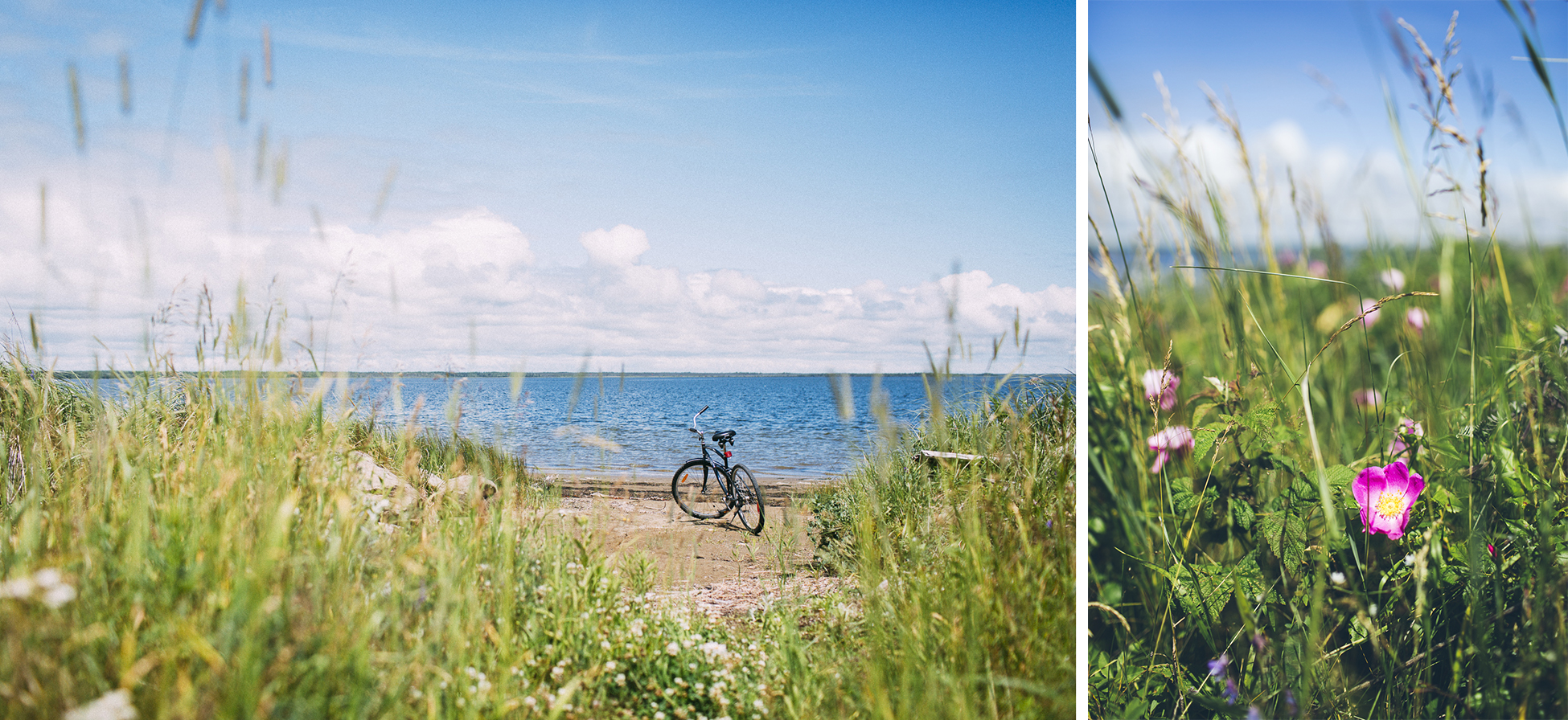
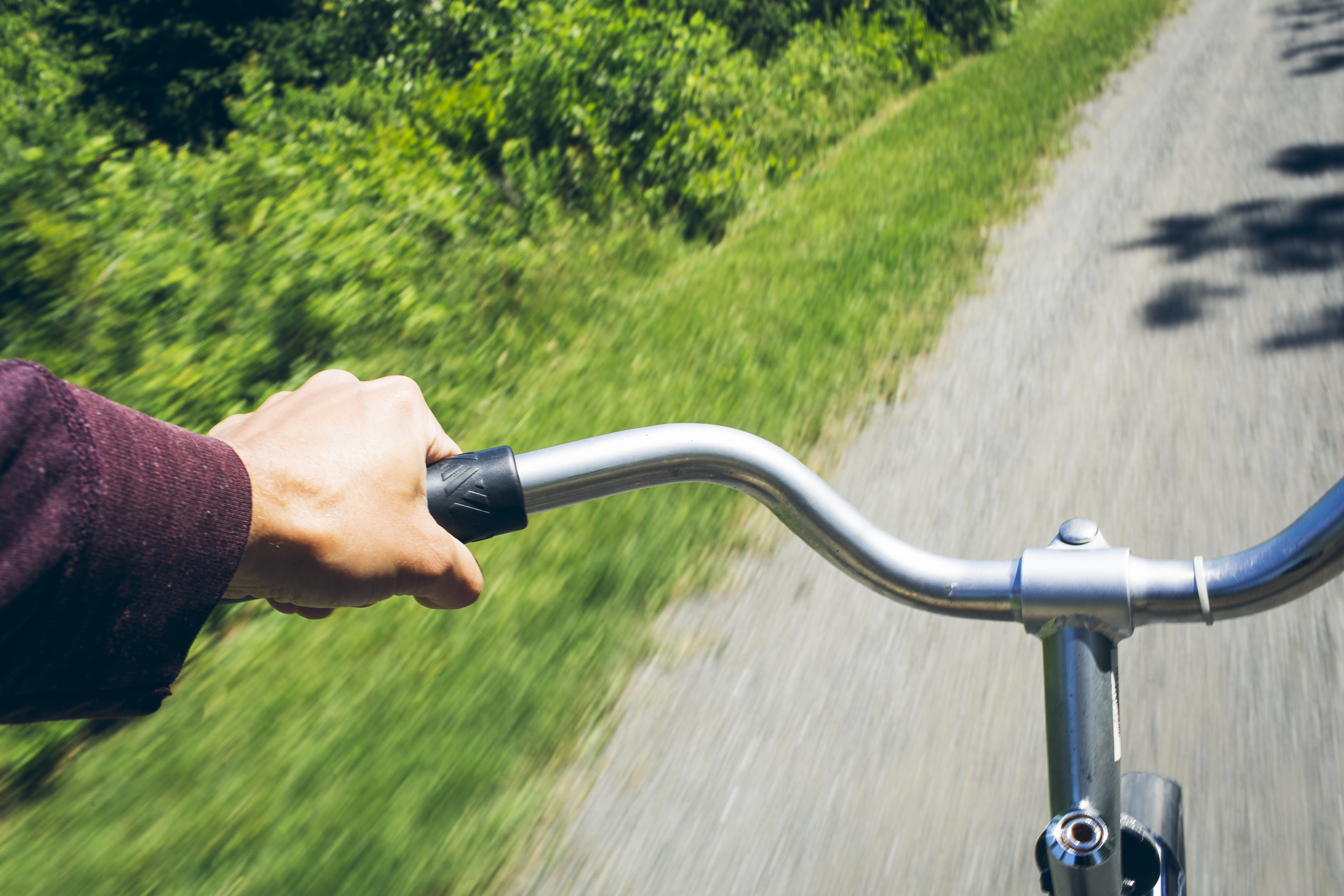
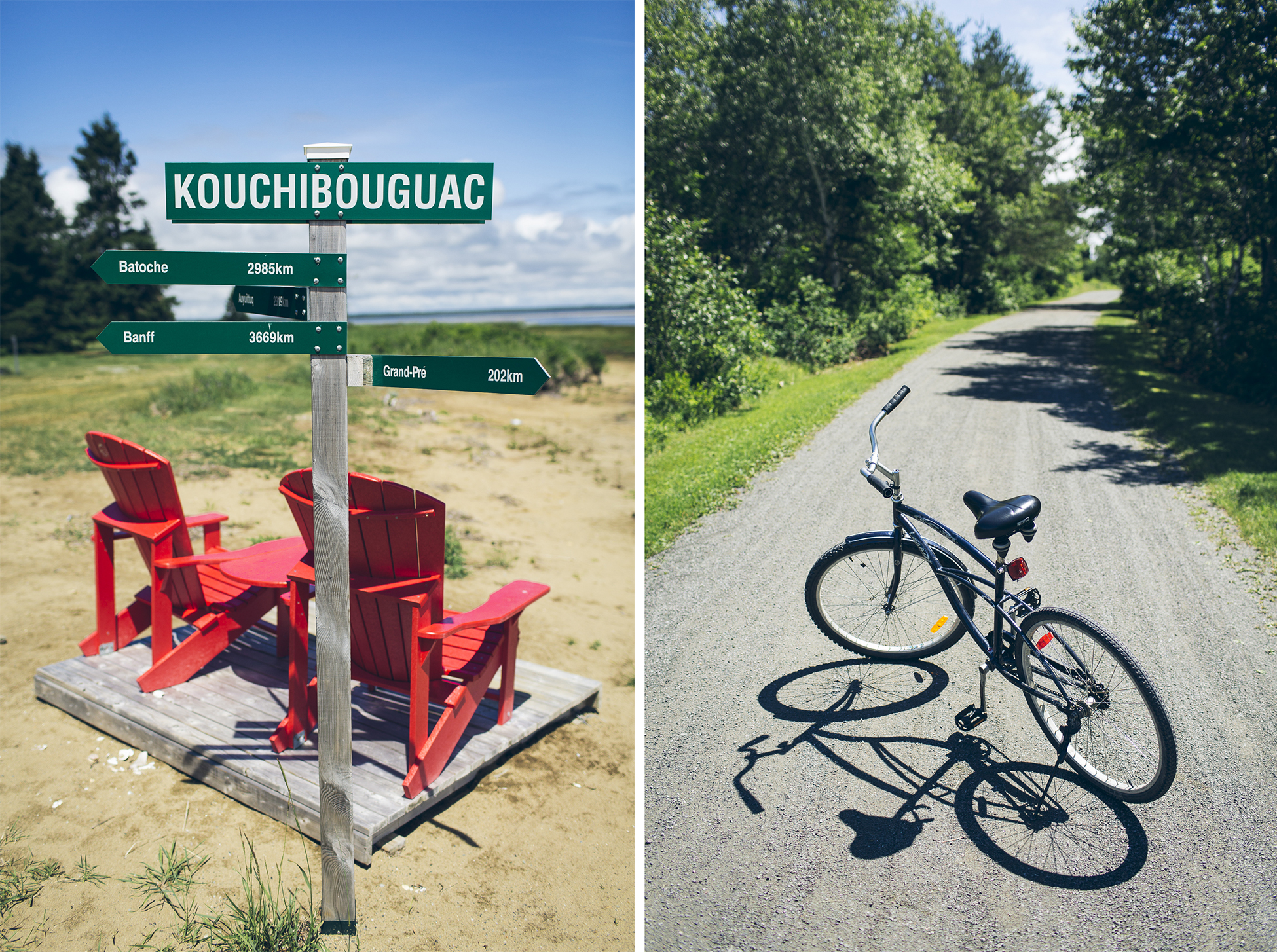
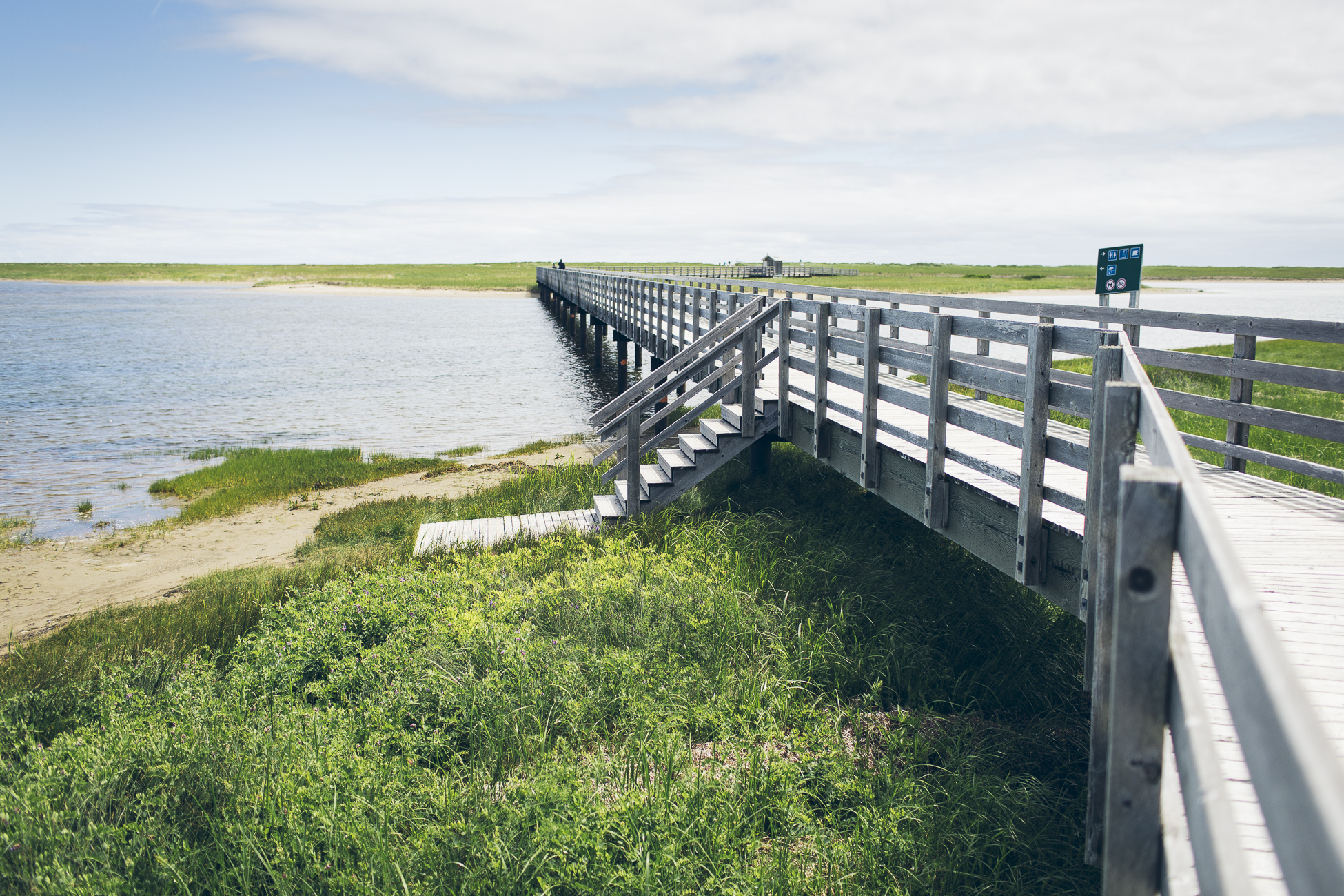

Mount Carleton Provincial Park
After weeks on the coast we were itching to find some mountains and hit some trails. As they (John Muir, actually) say, “The mountains are calling and I must go.” Mount Carleton Provincial Park is the largest provincial park (42,000 acres) in New Brunswick and home of the tallest peak in the Maritimes so that was our choice. We pointed our truck away from the Acadian Coast of New Brunswick and set off for the mountains.
Download the trail map for the park HERE, or pick one up when you enter the park. Just watch for moose on the way.
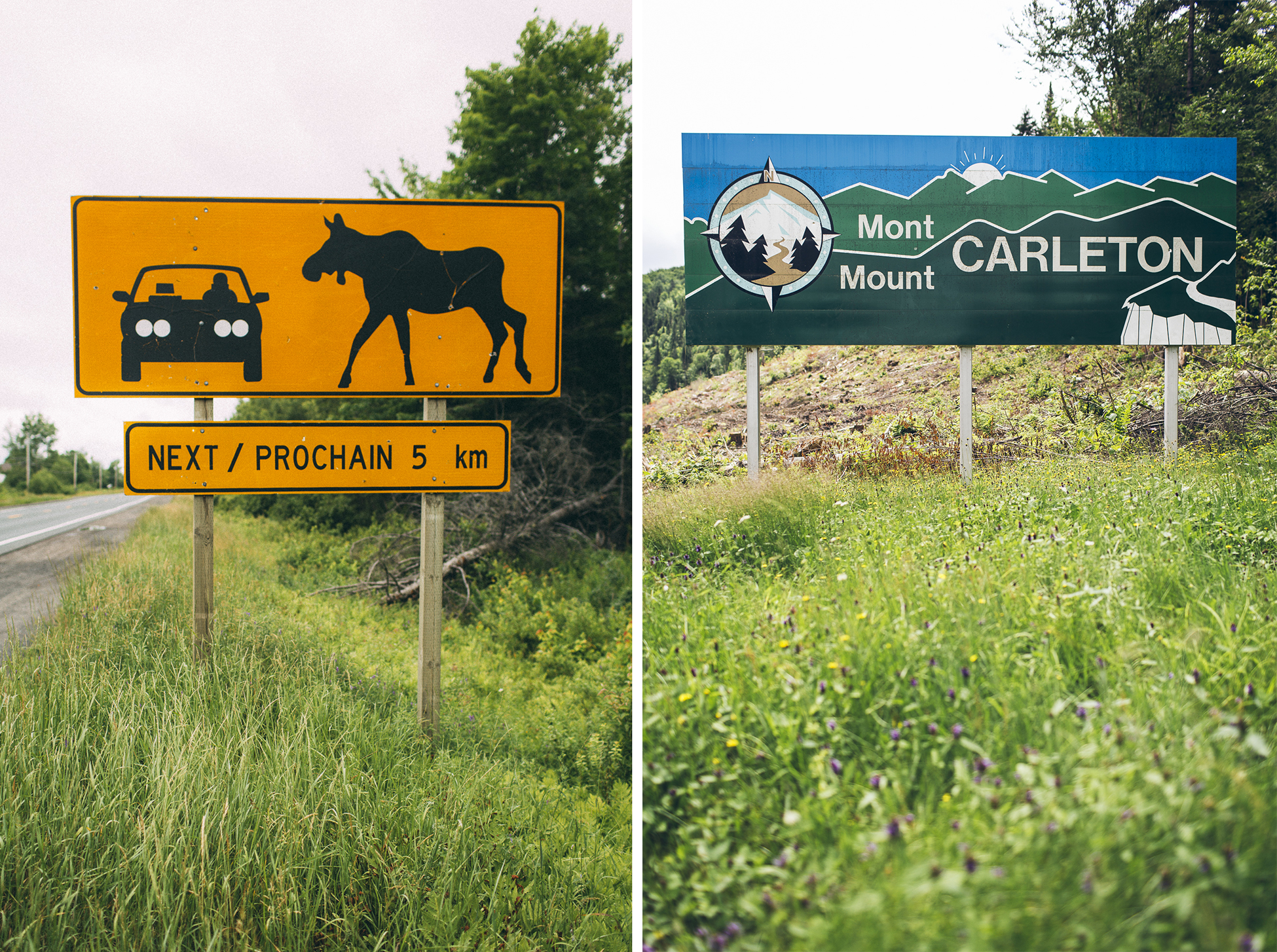

On our very first day in the park we met with Bernadette from Mt. Carleton for an interpretive walk along the William Falls Trail. She taught us how to use balsam fir needle tea as a natural cold remedy and how sap from the same tree offers antibacterial, astringent, and anti-inflammatory properties. Throw some of that sap in a wound and it’ll seal it up while being antibacterial. Perfect!
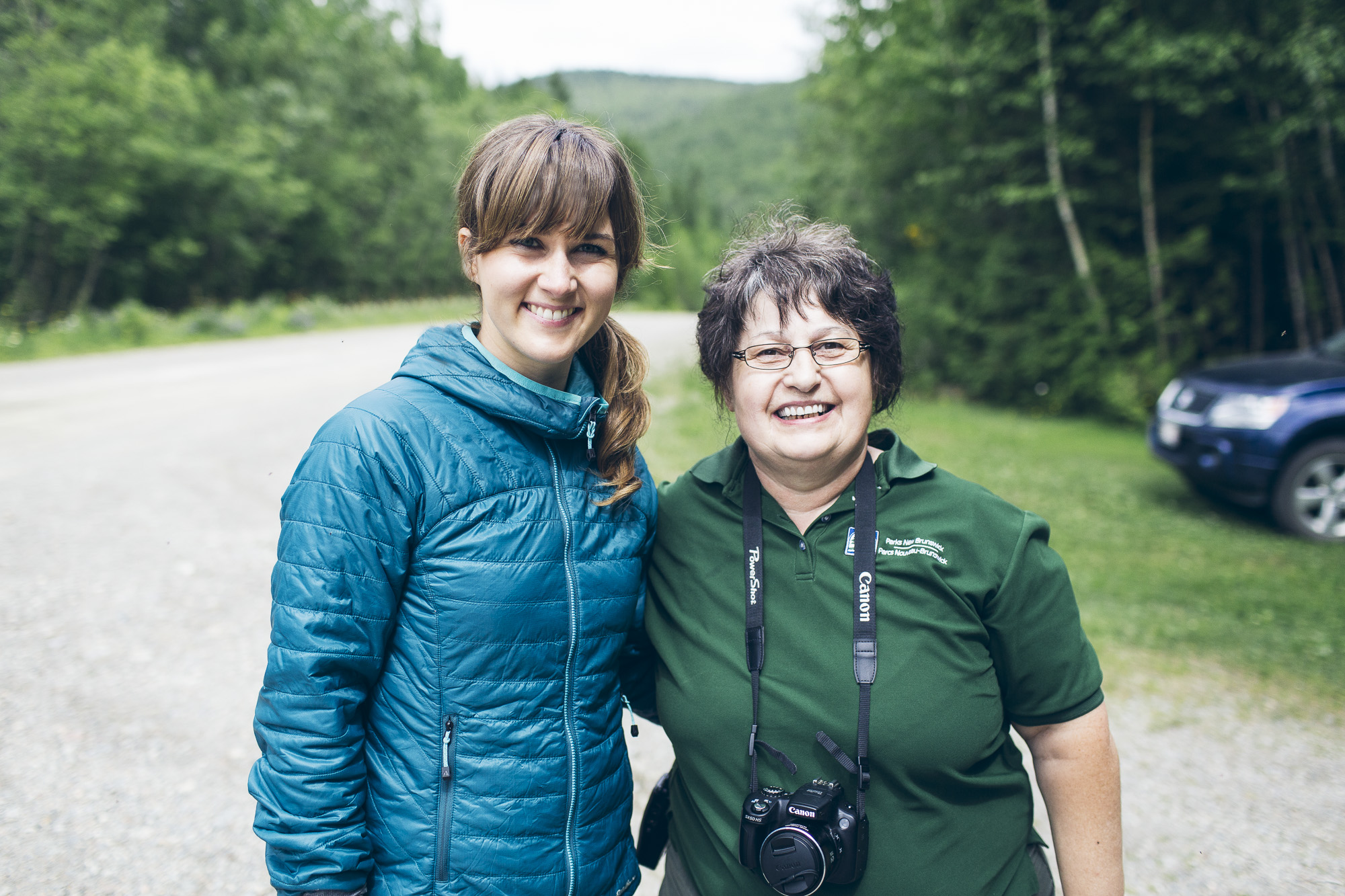

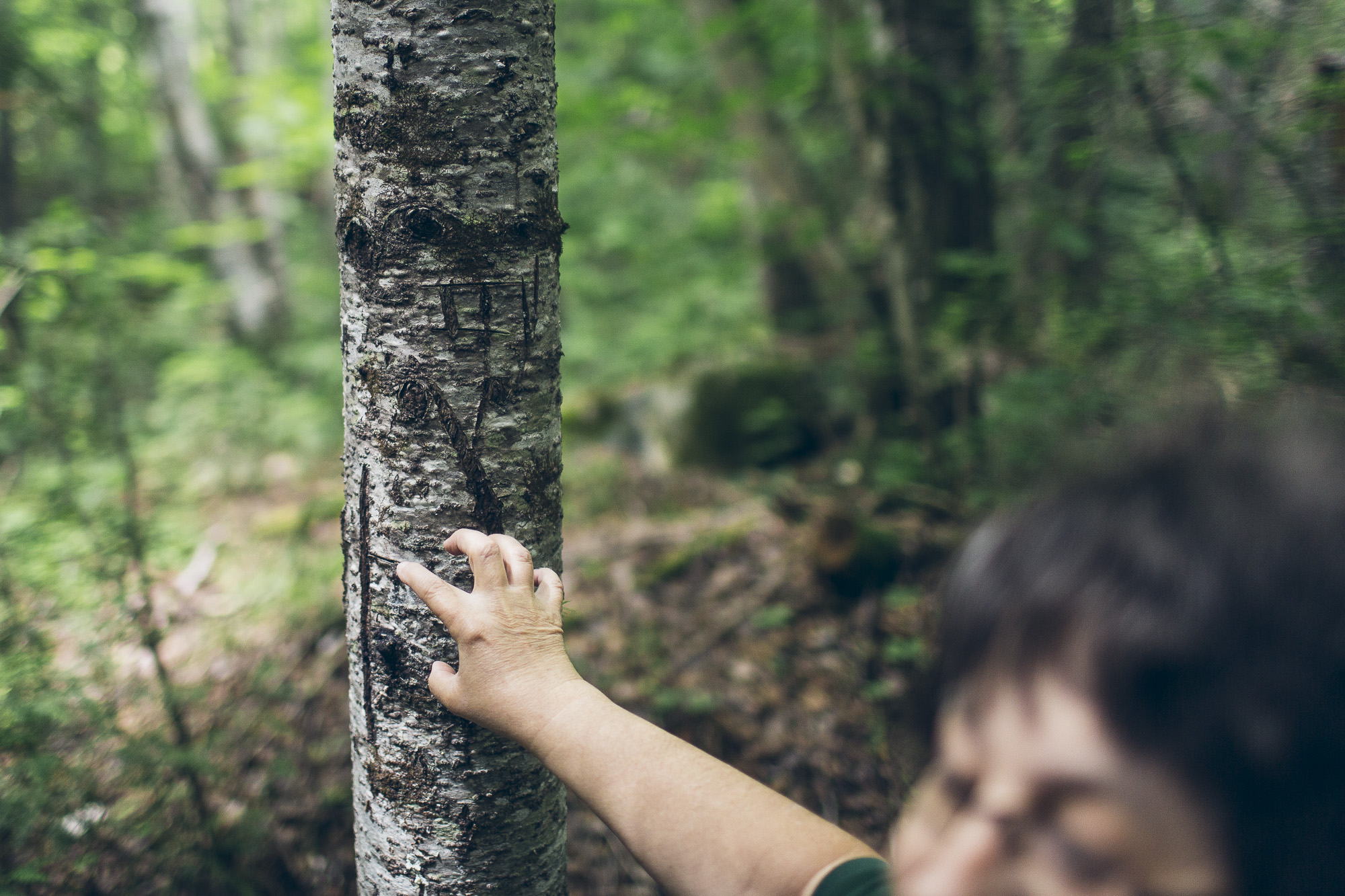
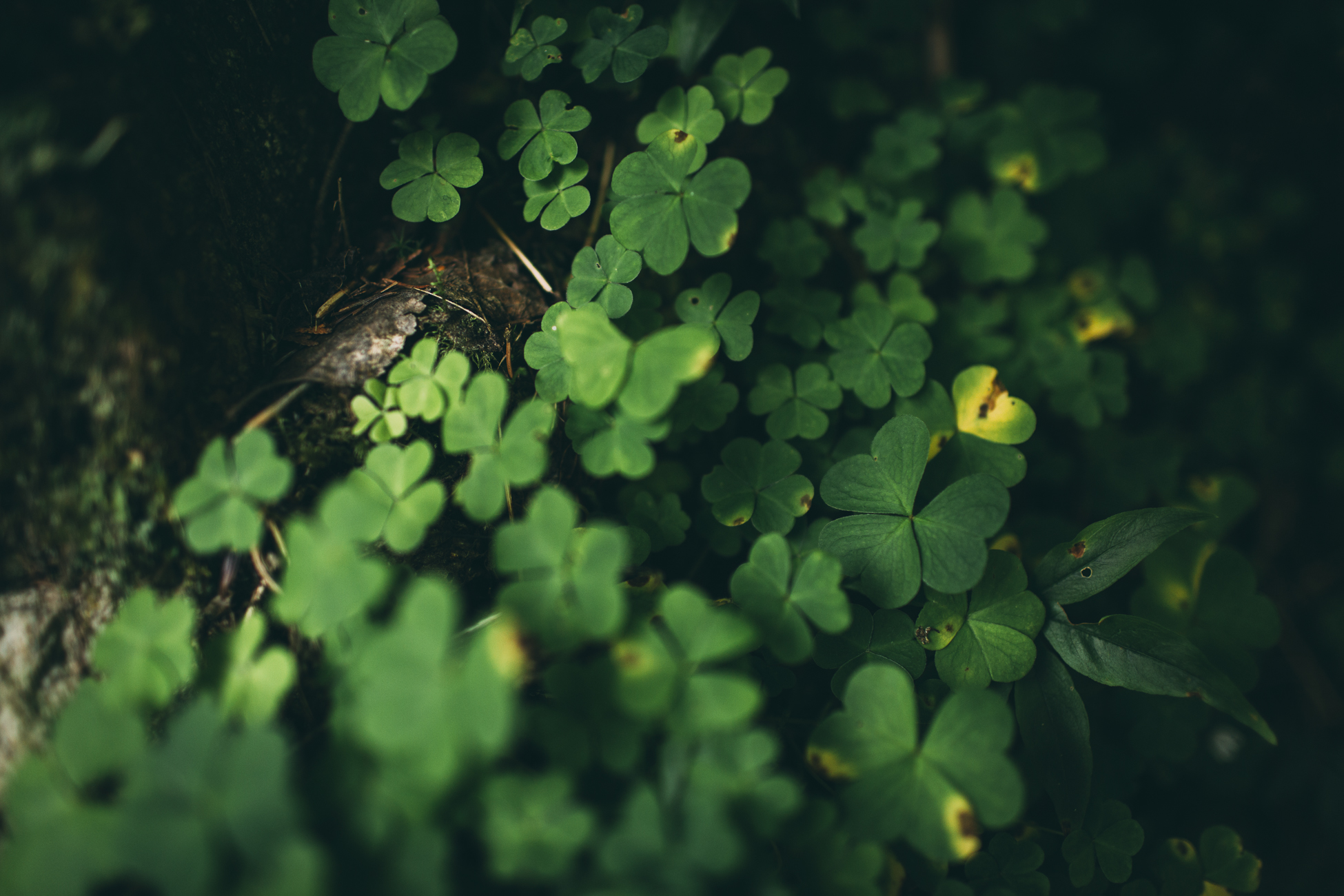
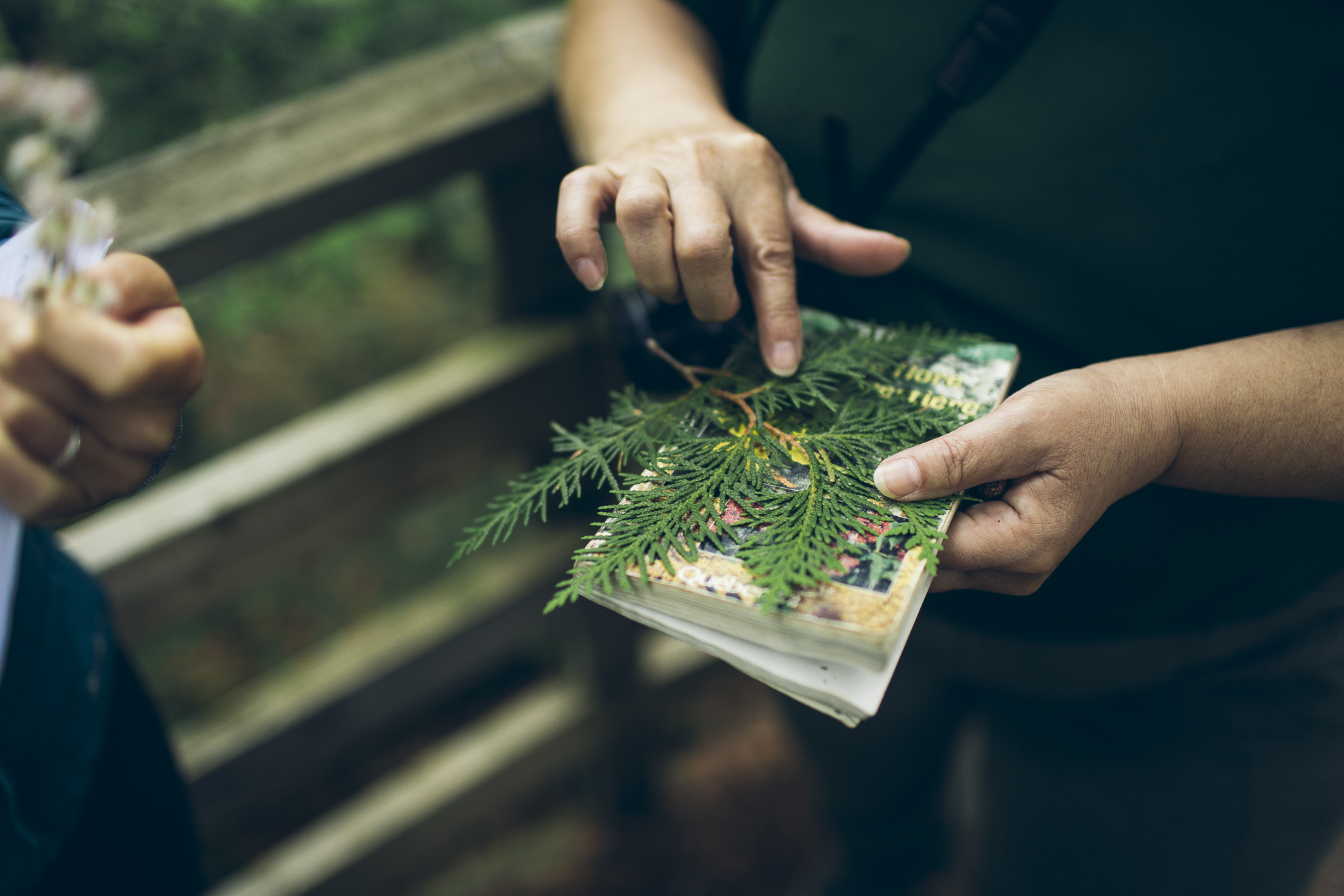
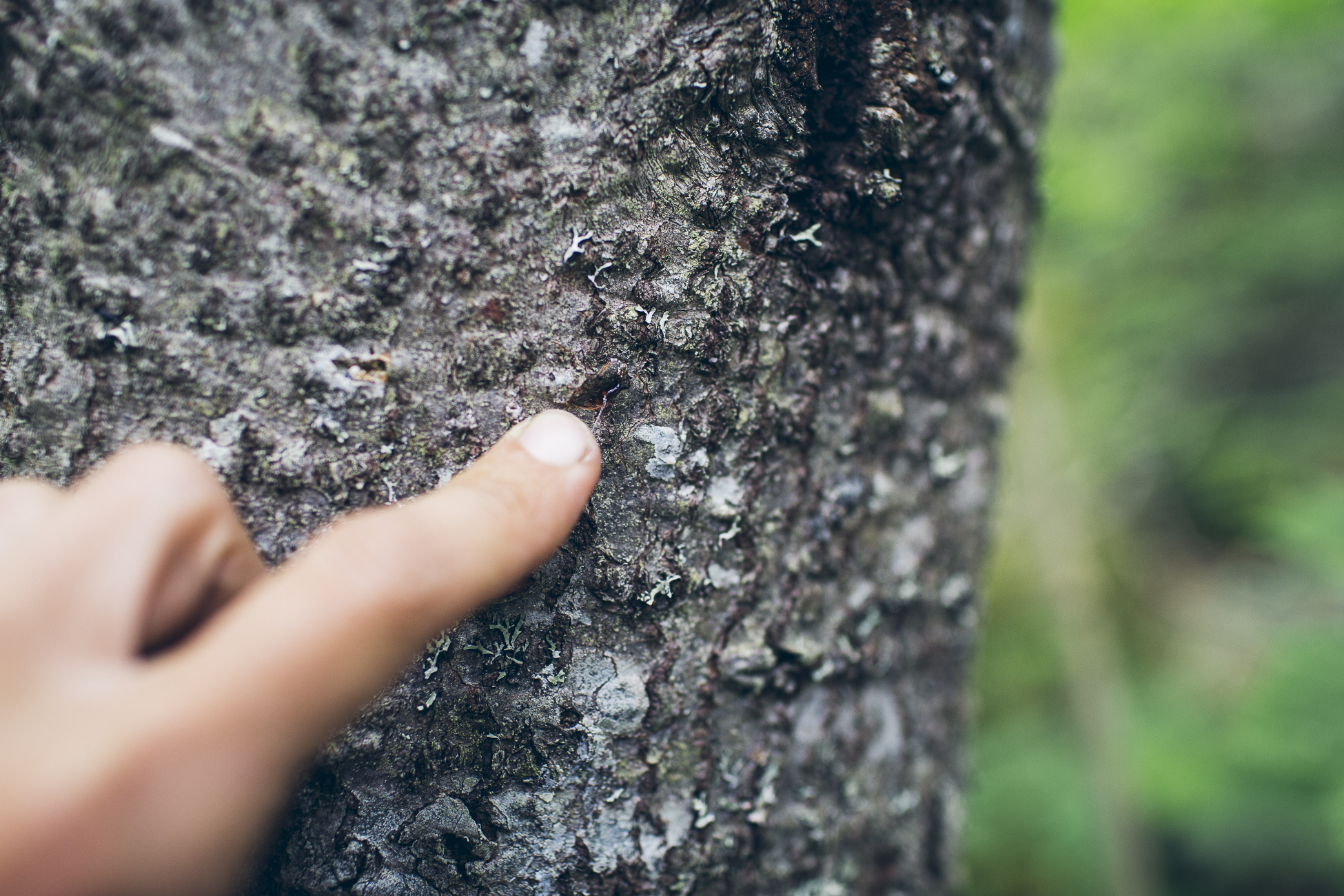
Later that day we joined up with a couple other campers, a biologist studying a warbler of some flavour (a warbler is a bird FYI), and the Friends of Mt. Carleton for our hike to the Mt. Carleton fire lookout. At 820m (2,690ft) it’s the highest peak in the Maritimes.

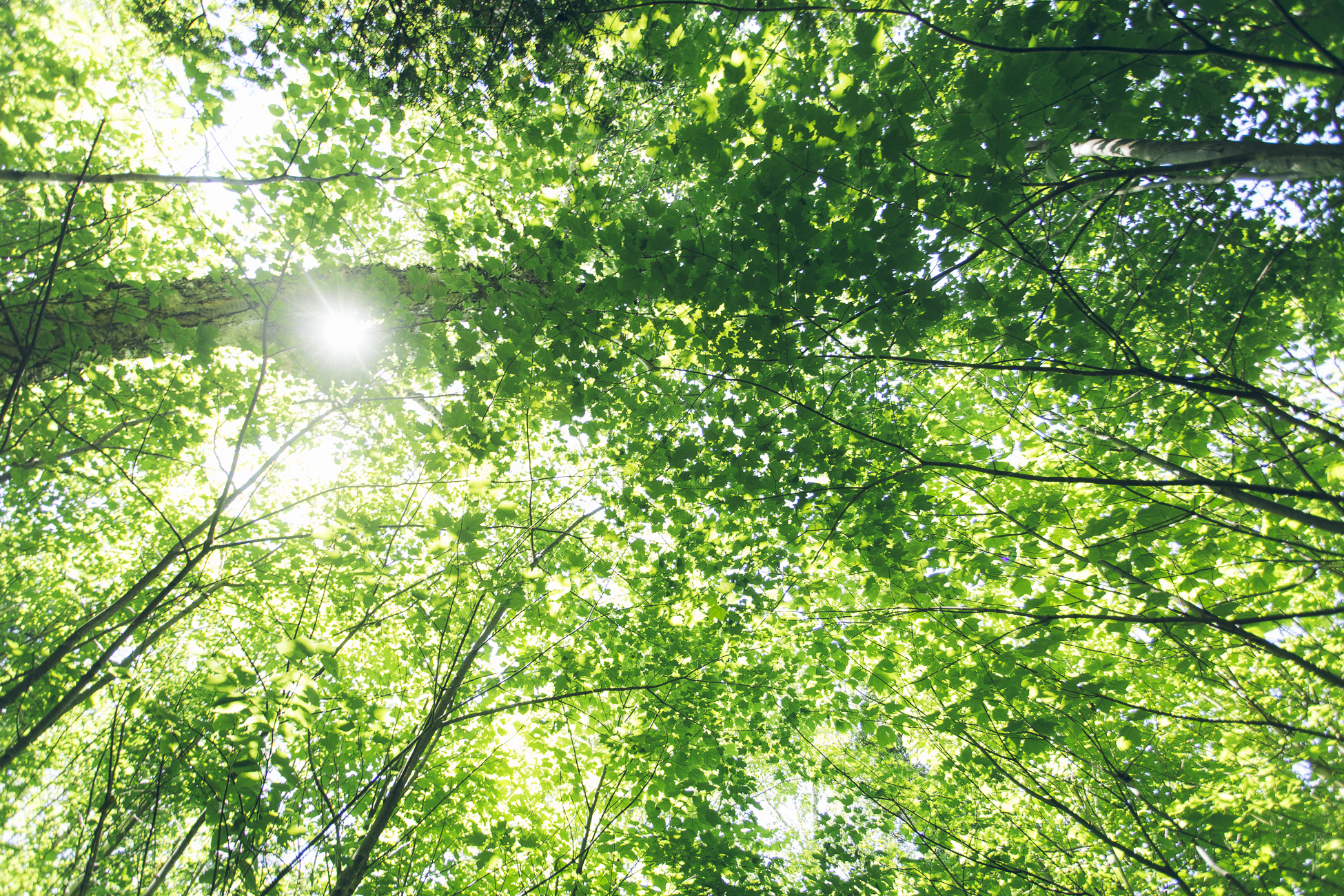
A late start to the hike meant that we arrived at the fire lookout after the sun dropped below the horizon and the fog rolled in. The way down was guided by headlamps through that dense fog. On a clear day, we’re told that from this point you can see ten million trees.
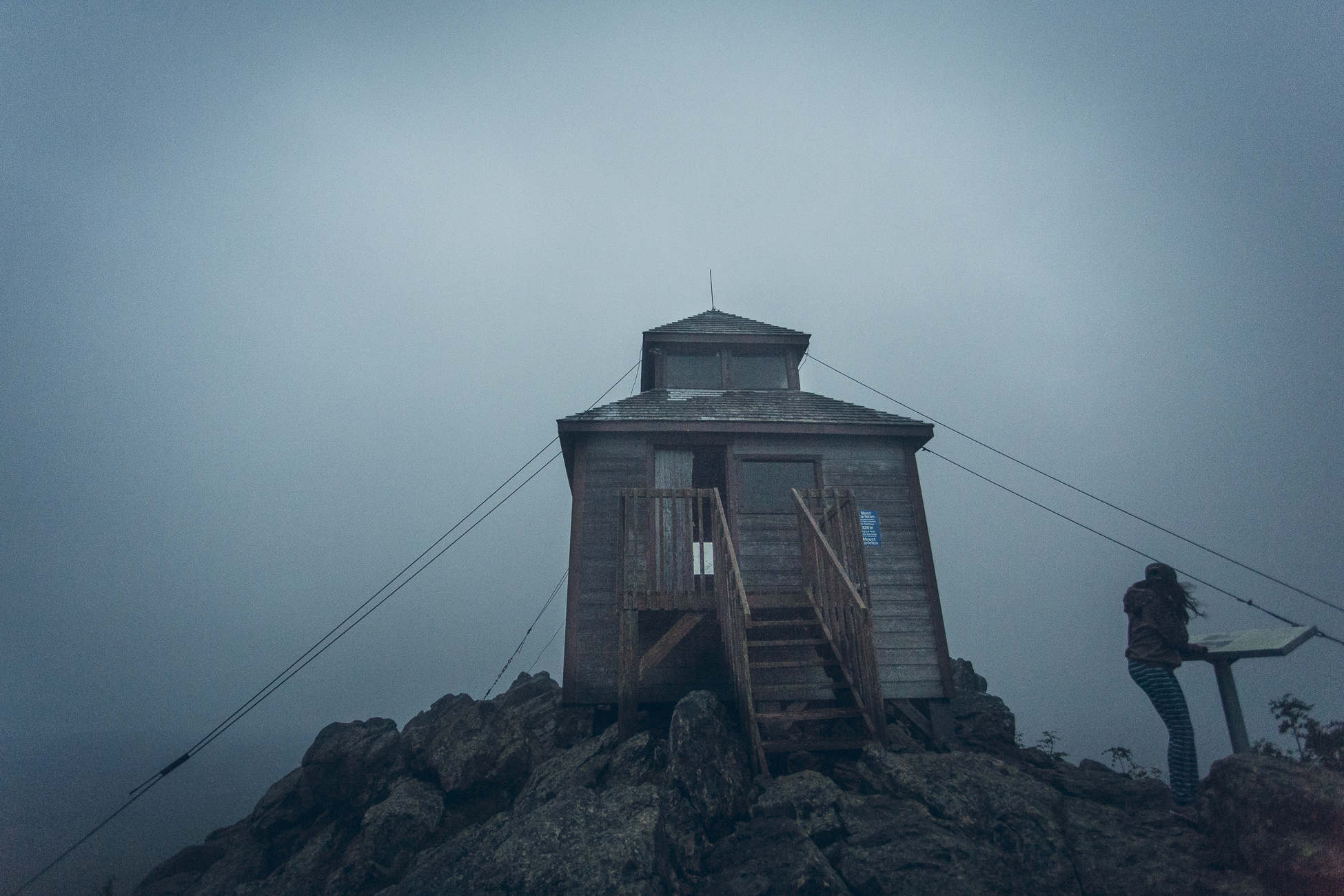
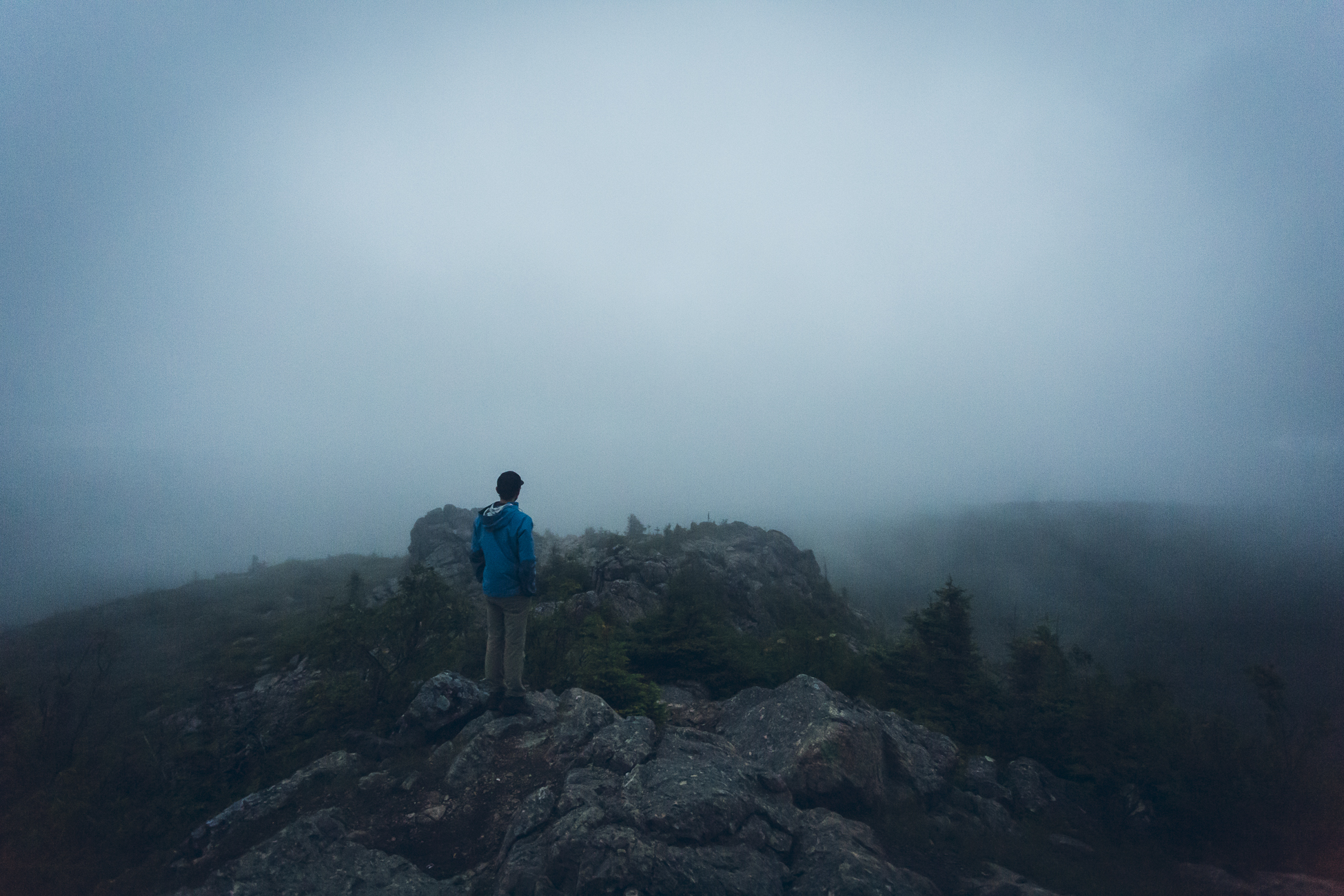
The following morning we decided to find another hike, but hopefully with better visibility than the previous night! We hiked Mt. Sagamook, the third highest peak at 777m (2,549ft) and were rewarded with great views of the park and most of the 10 million trees (we’re assuming) we were promised at the peak of Mt. Carleton.
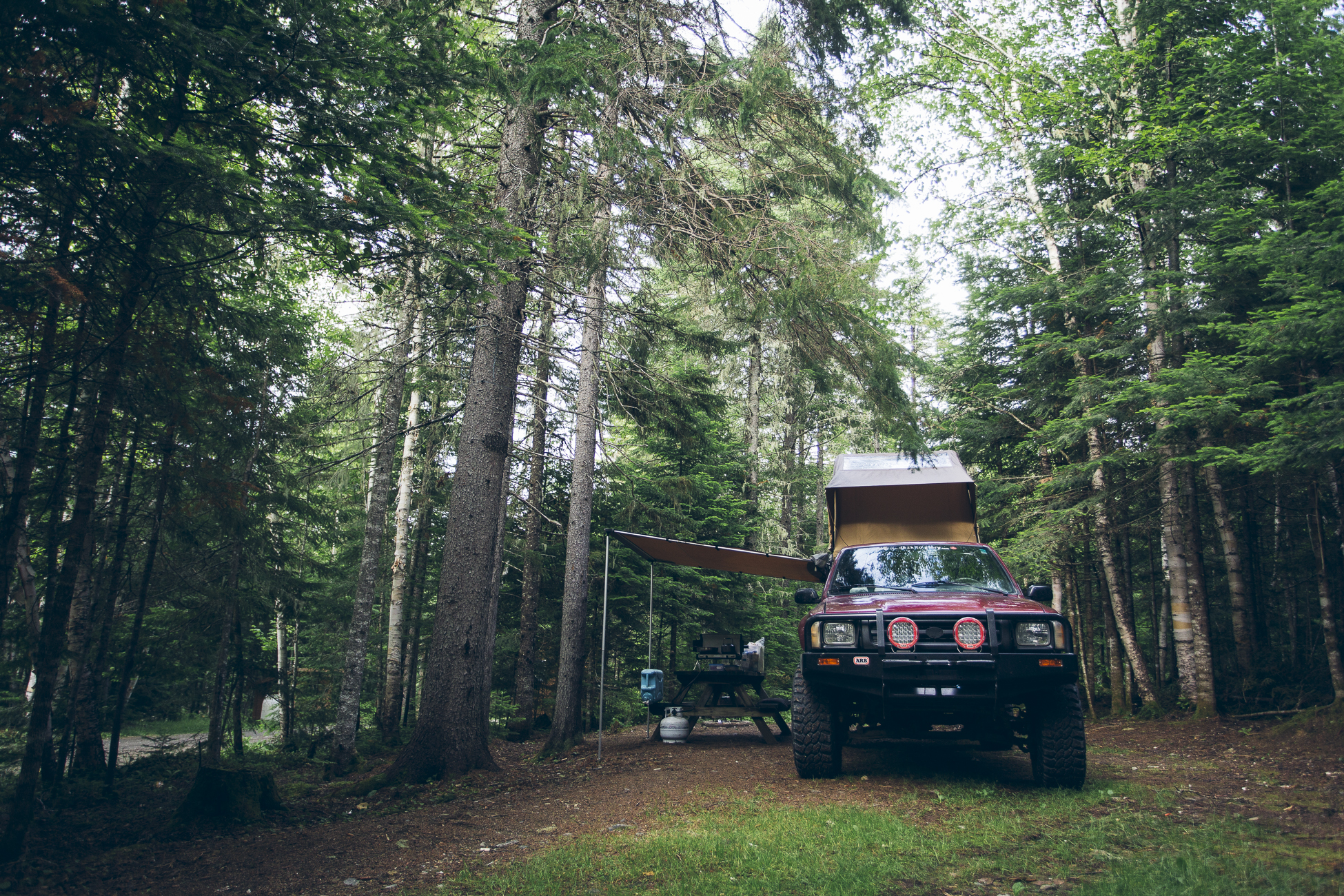
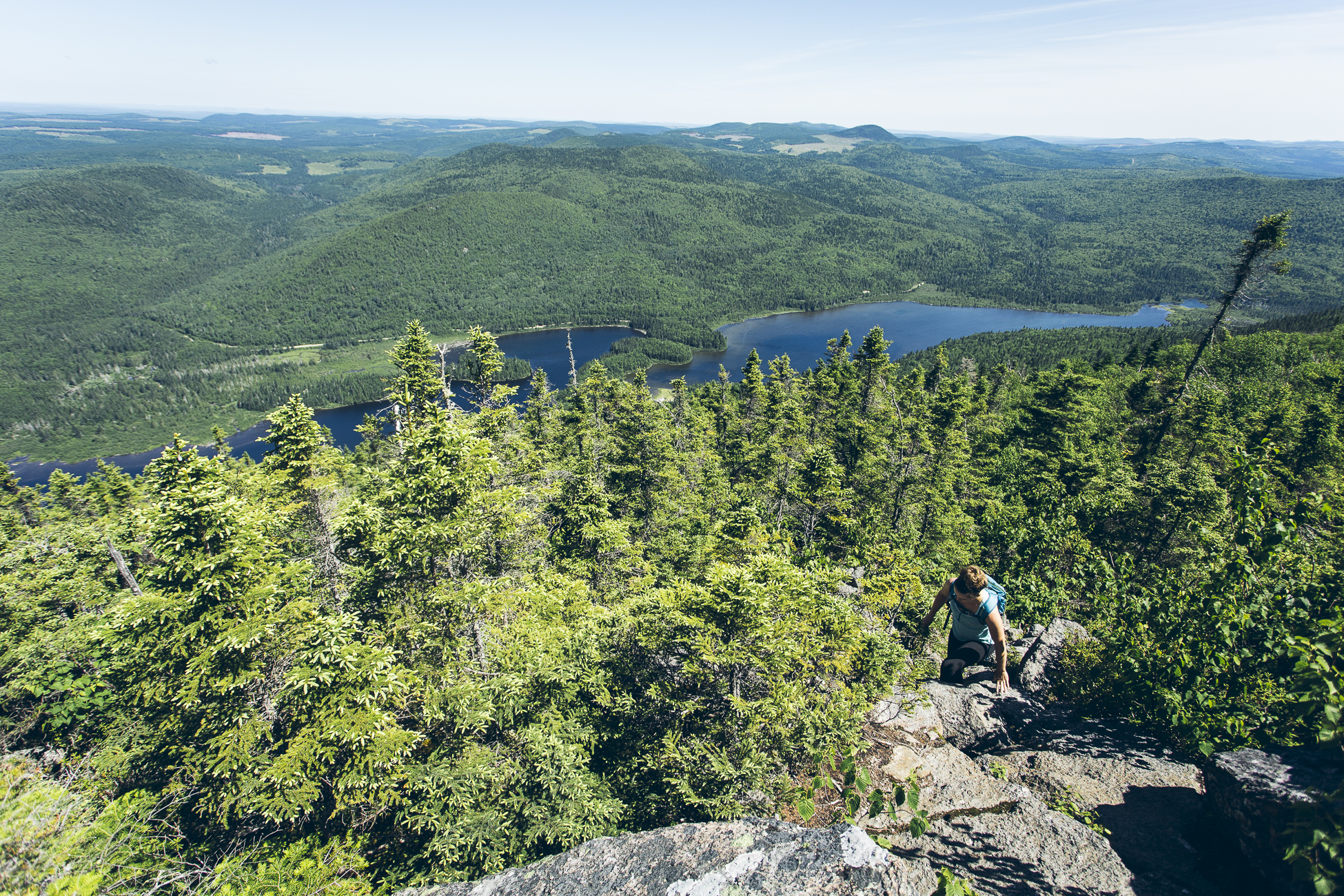

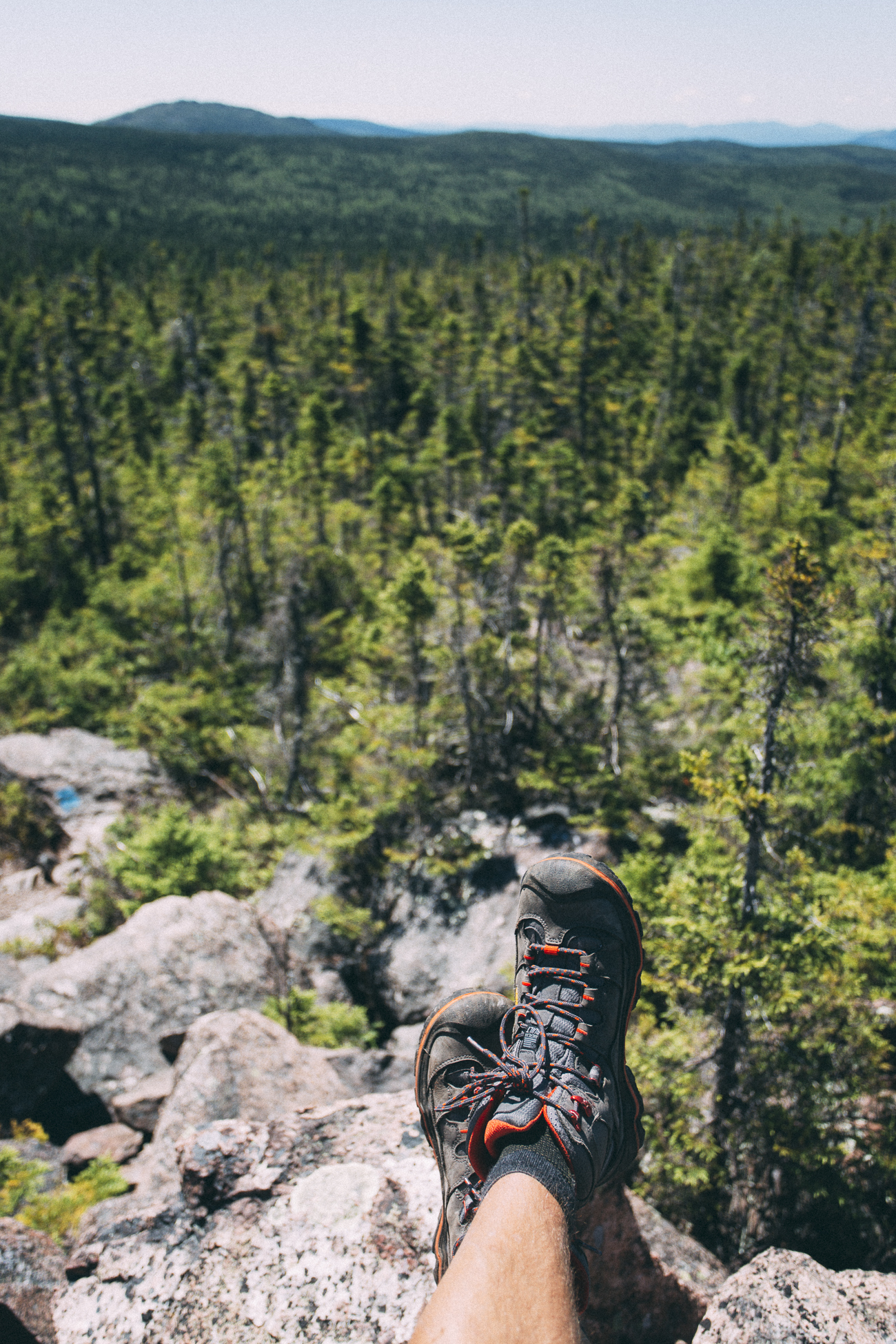
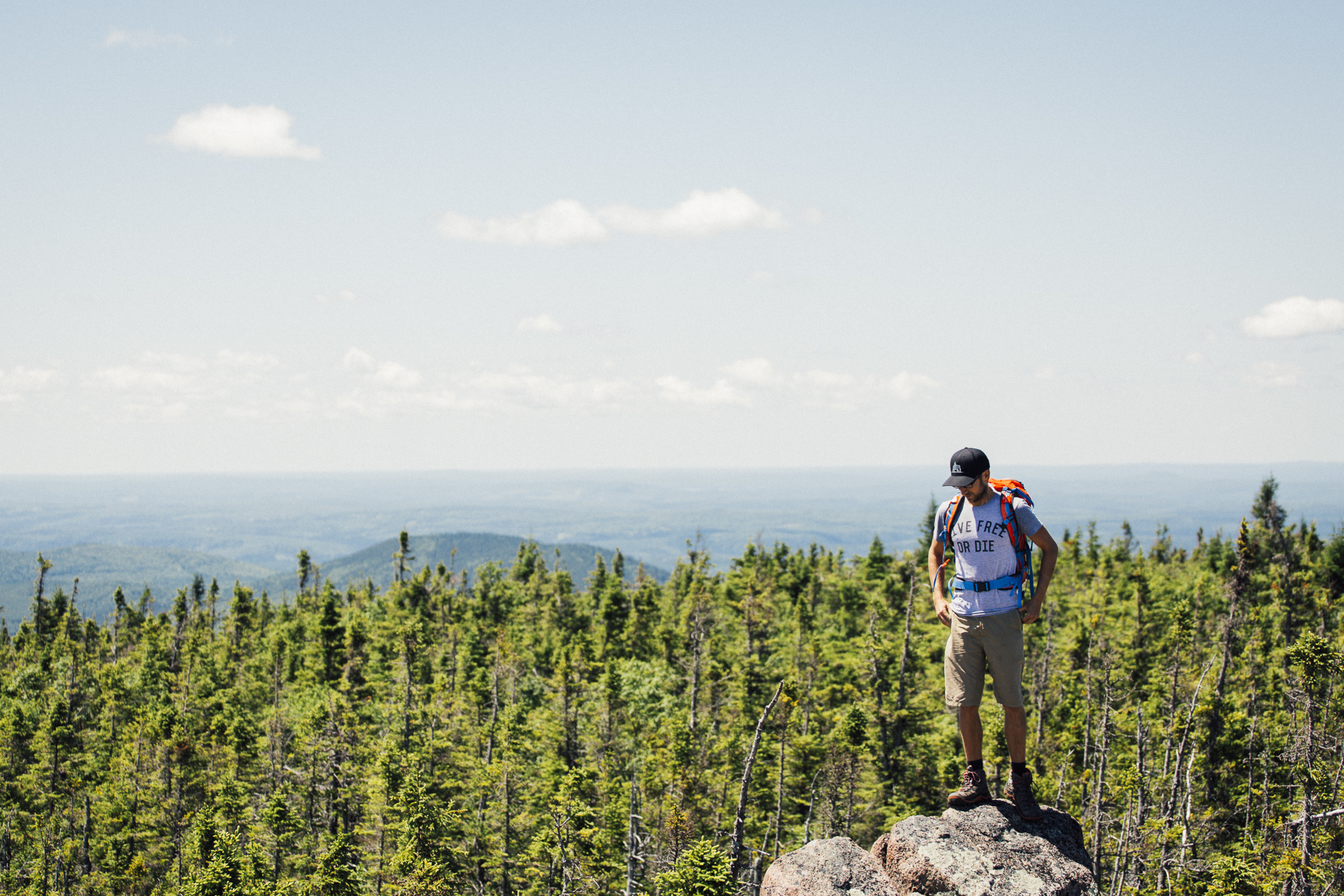
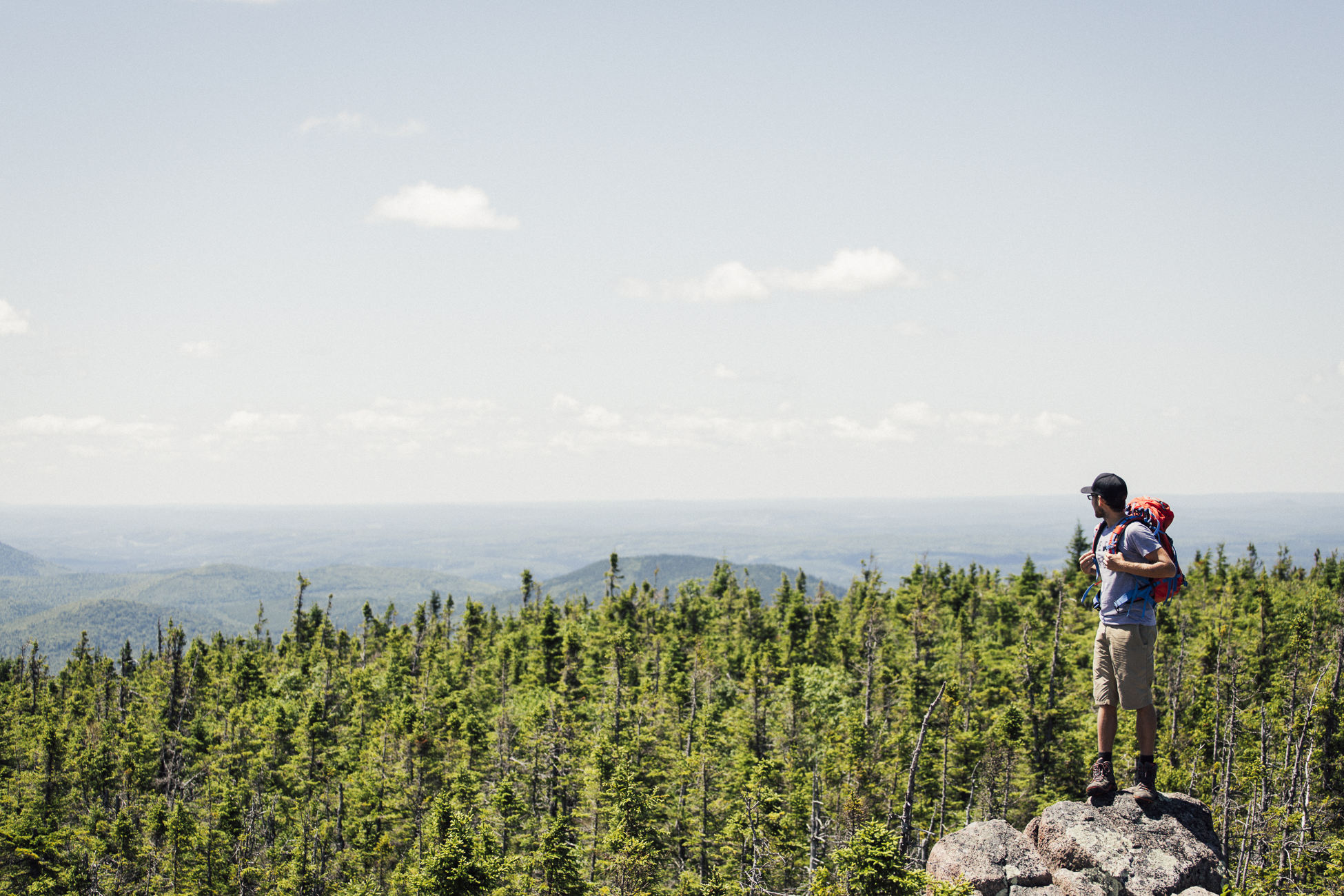
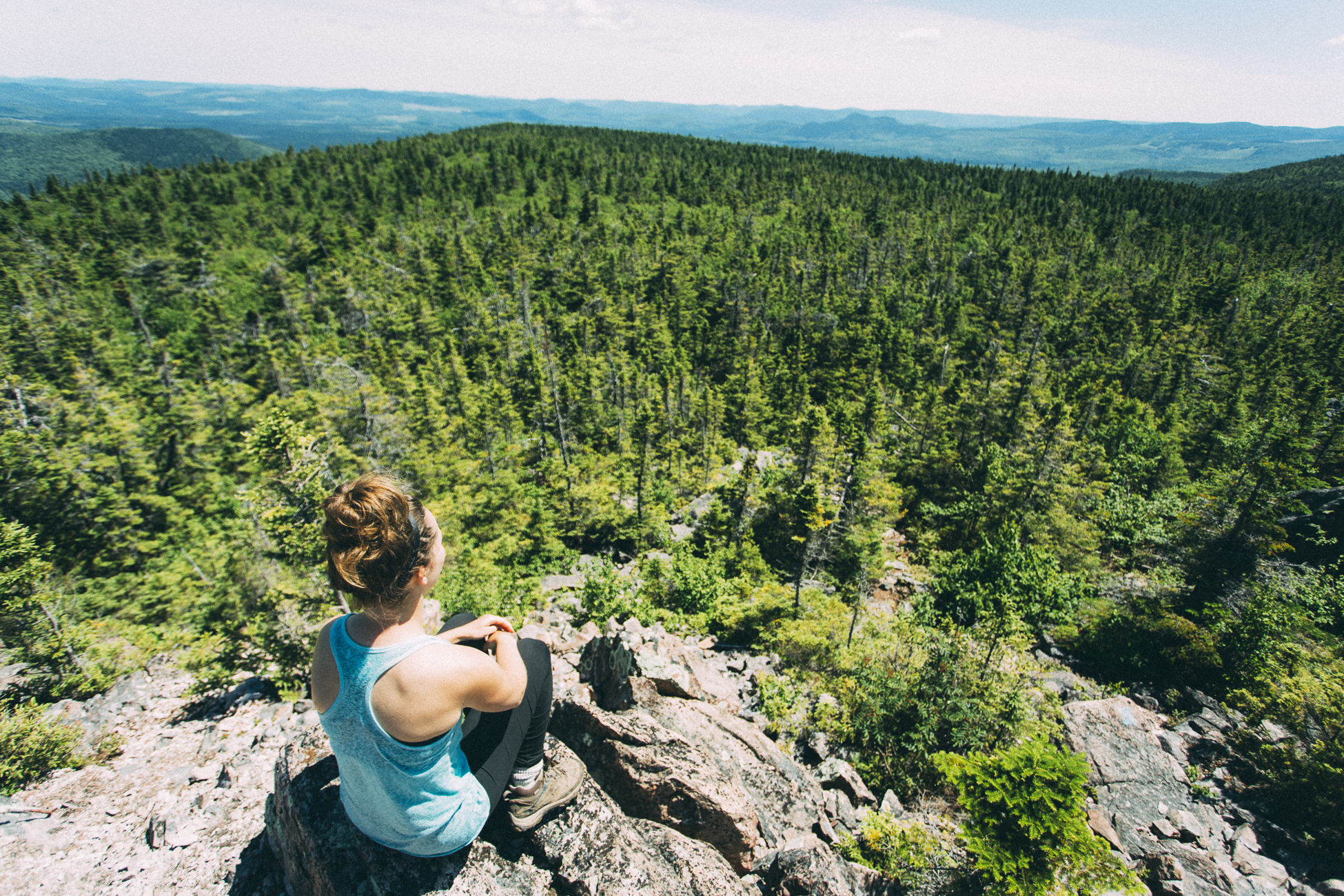
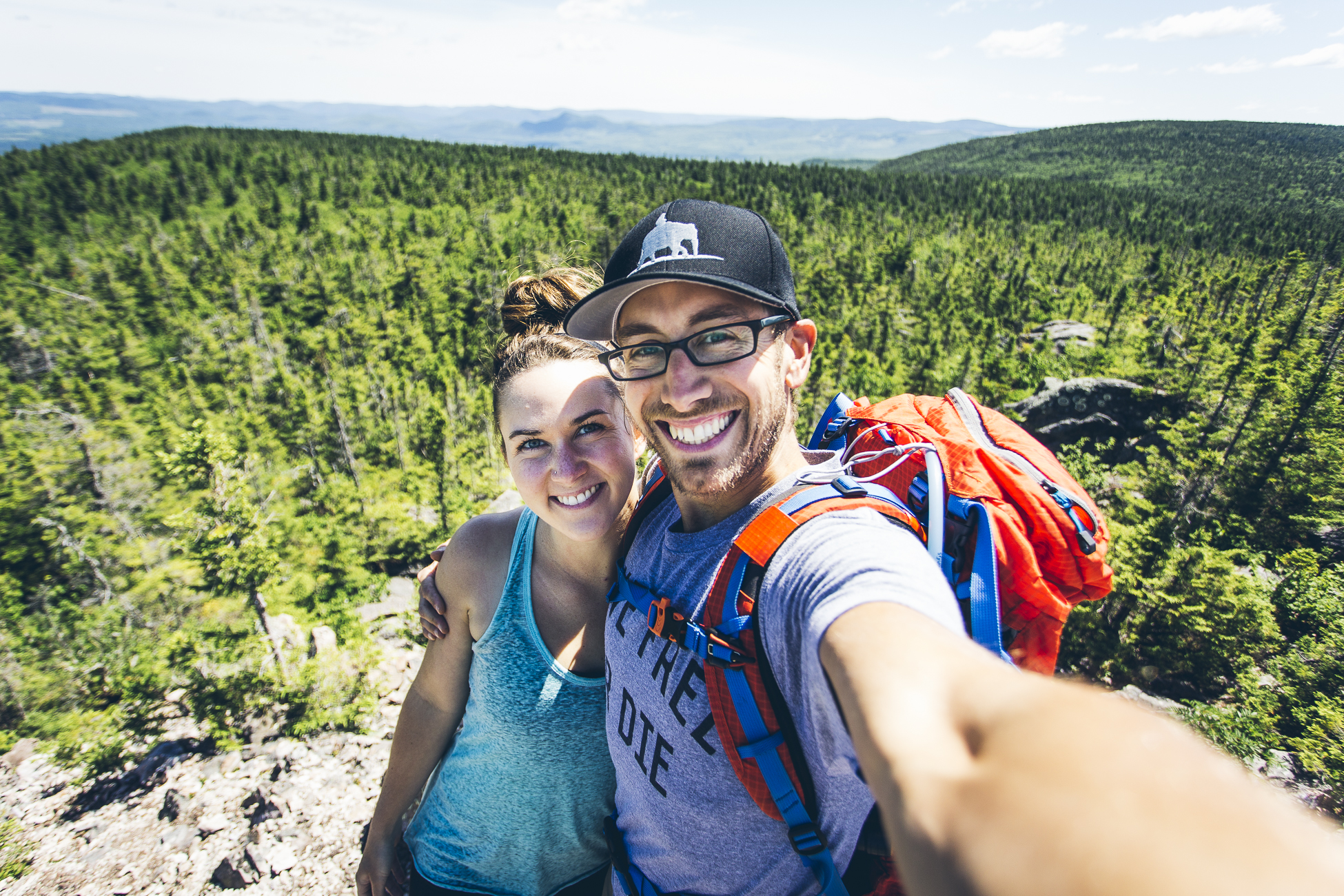
And that sums up the wonderful time we had on the Acadian Coast of New Brunswick. We couldn’t have asked for a warmer welcome home to Canada. Next up: Prince Edward Island!


LOVE your updates, photos and storytelling!
But what became of the delica?